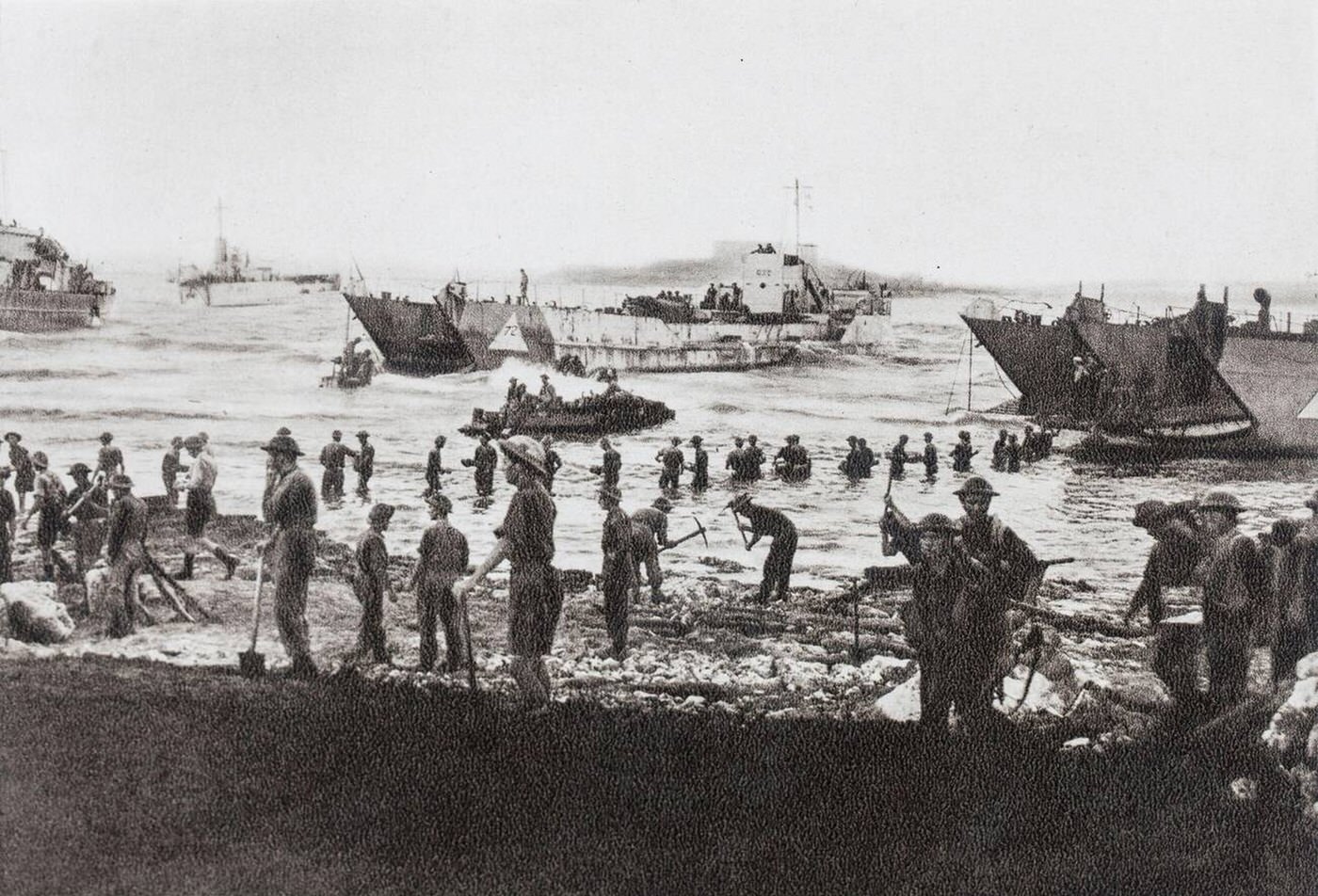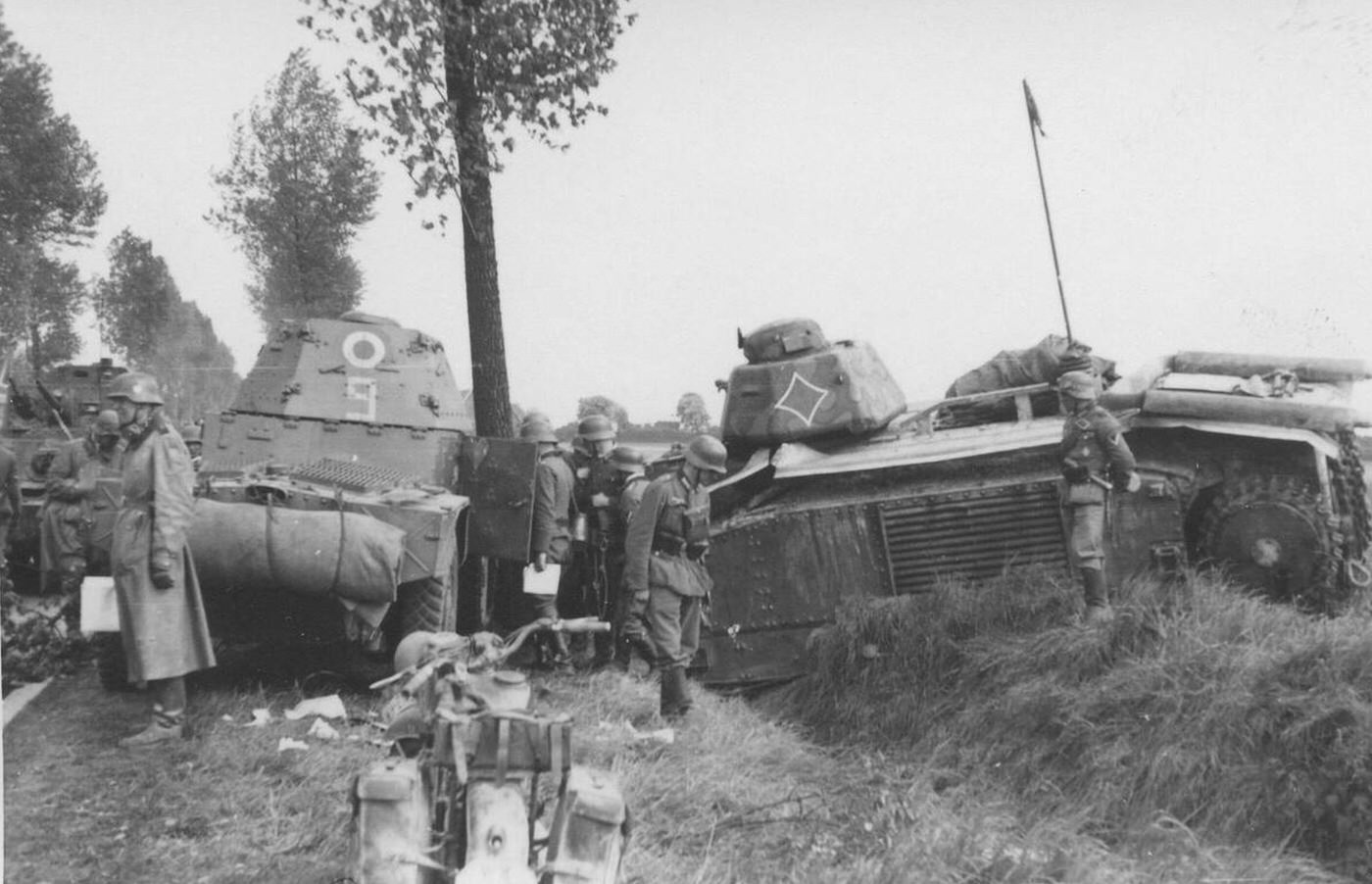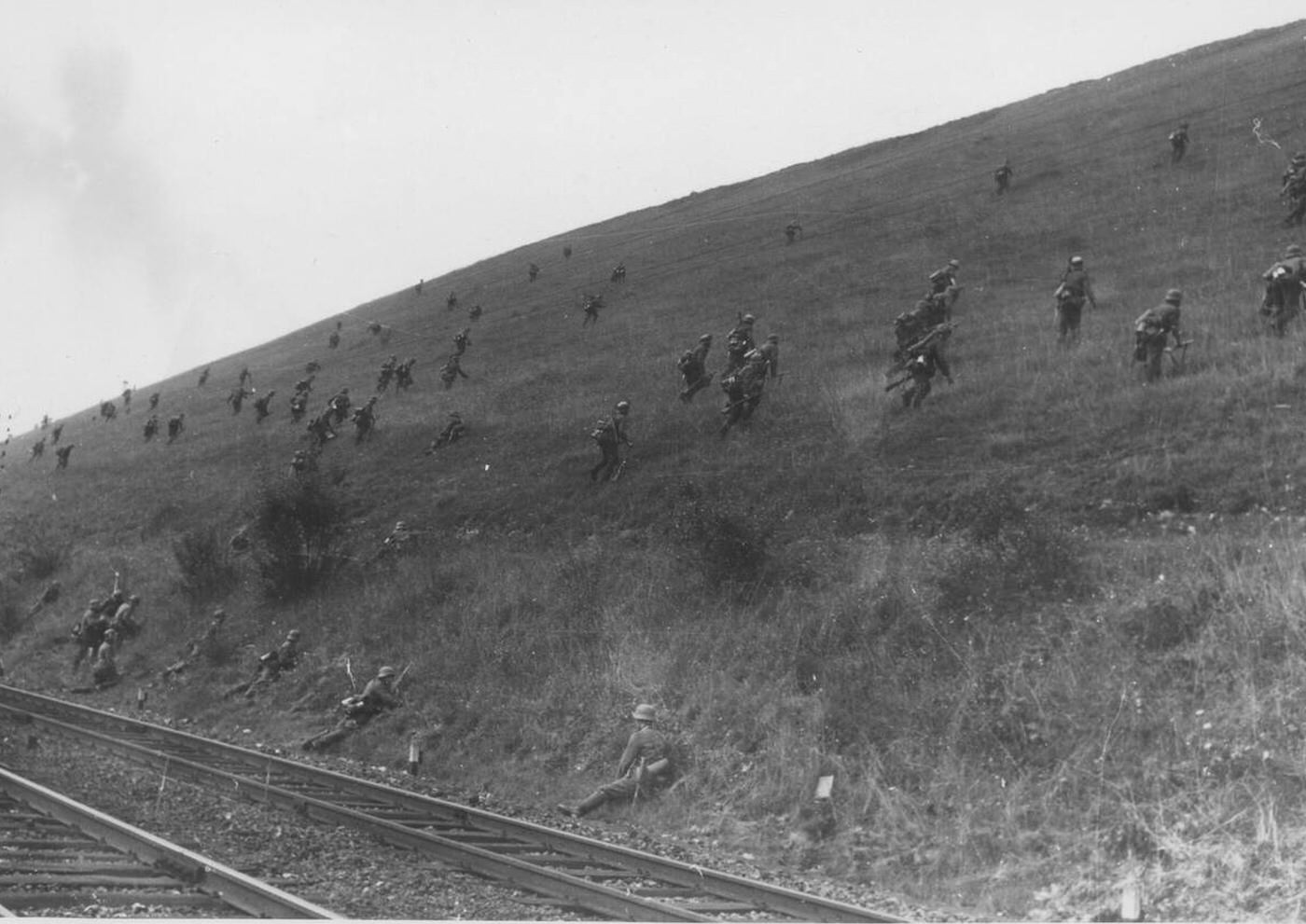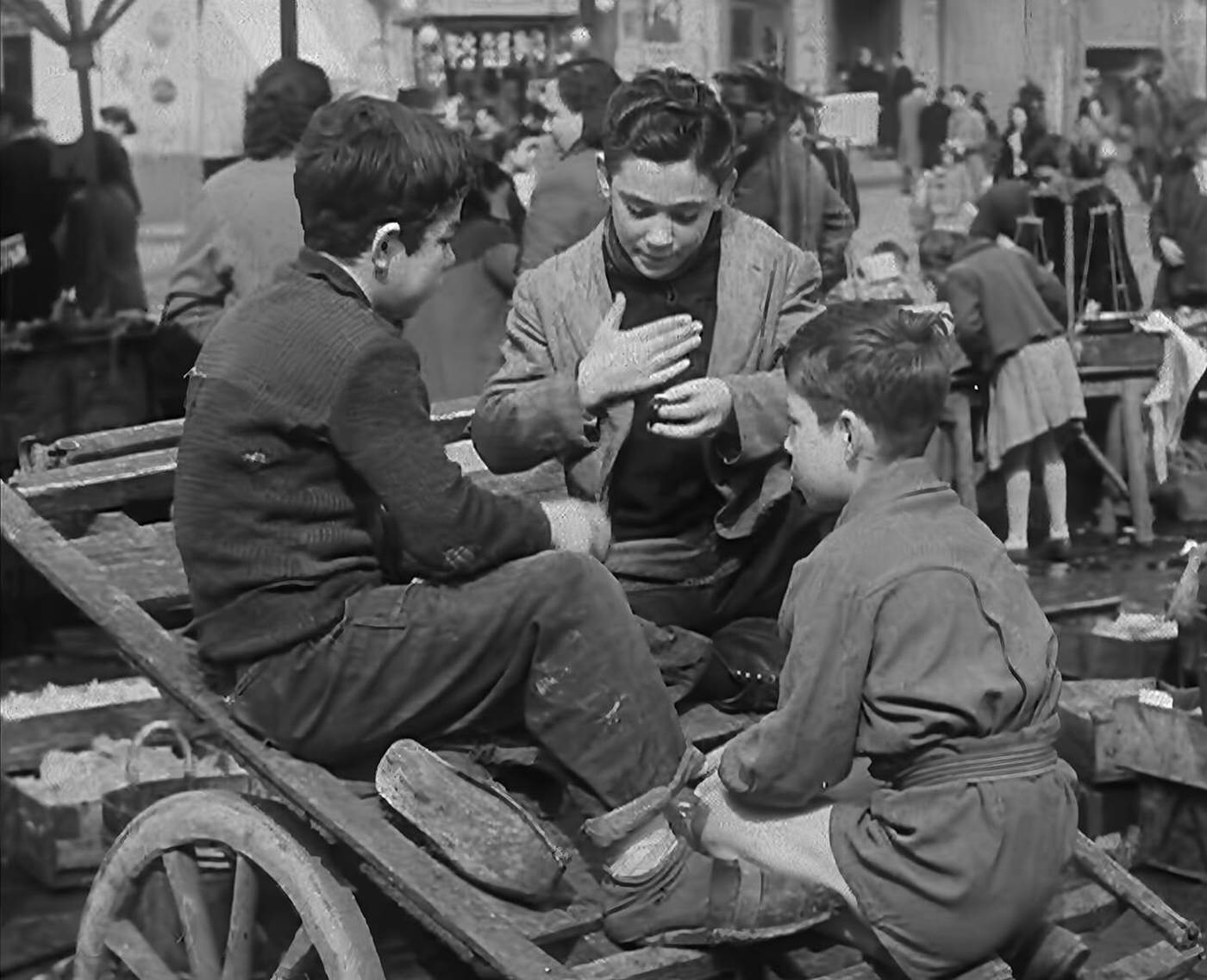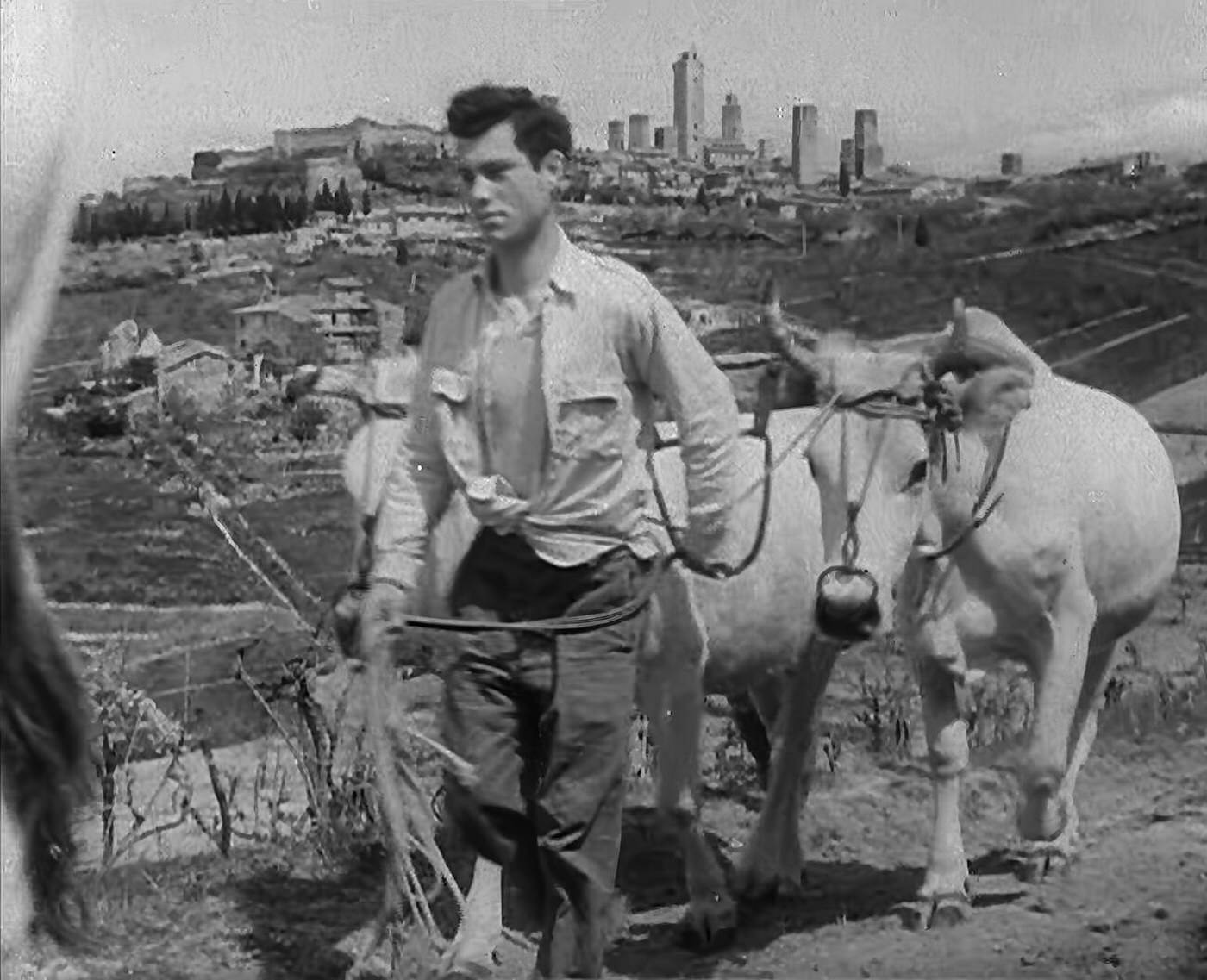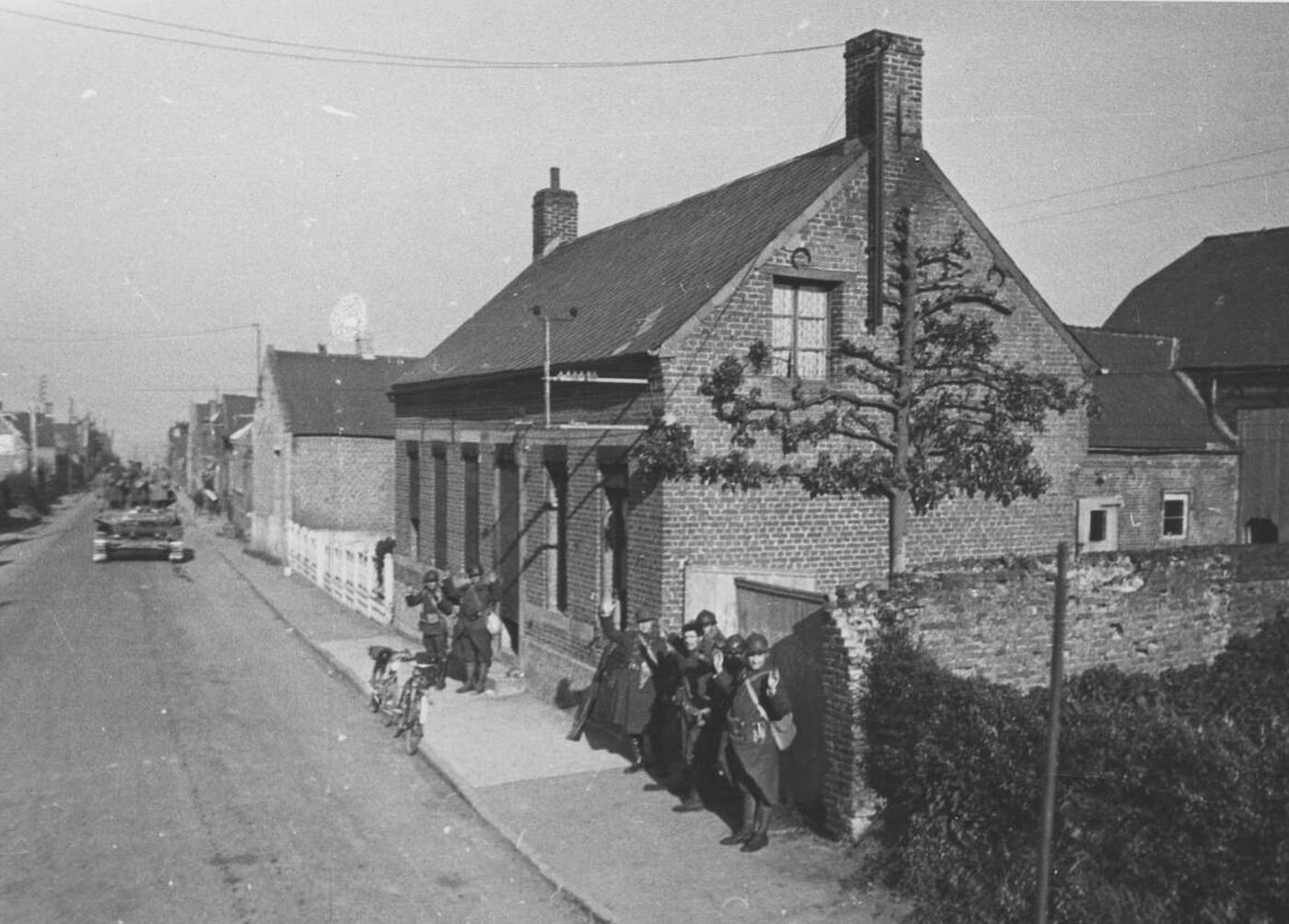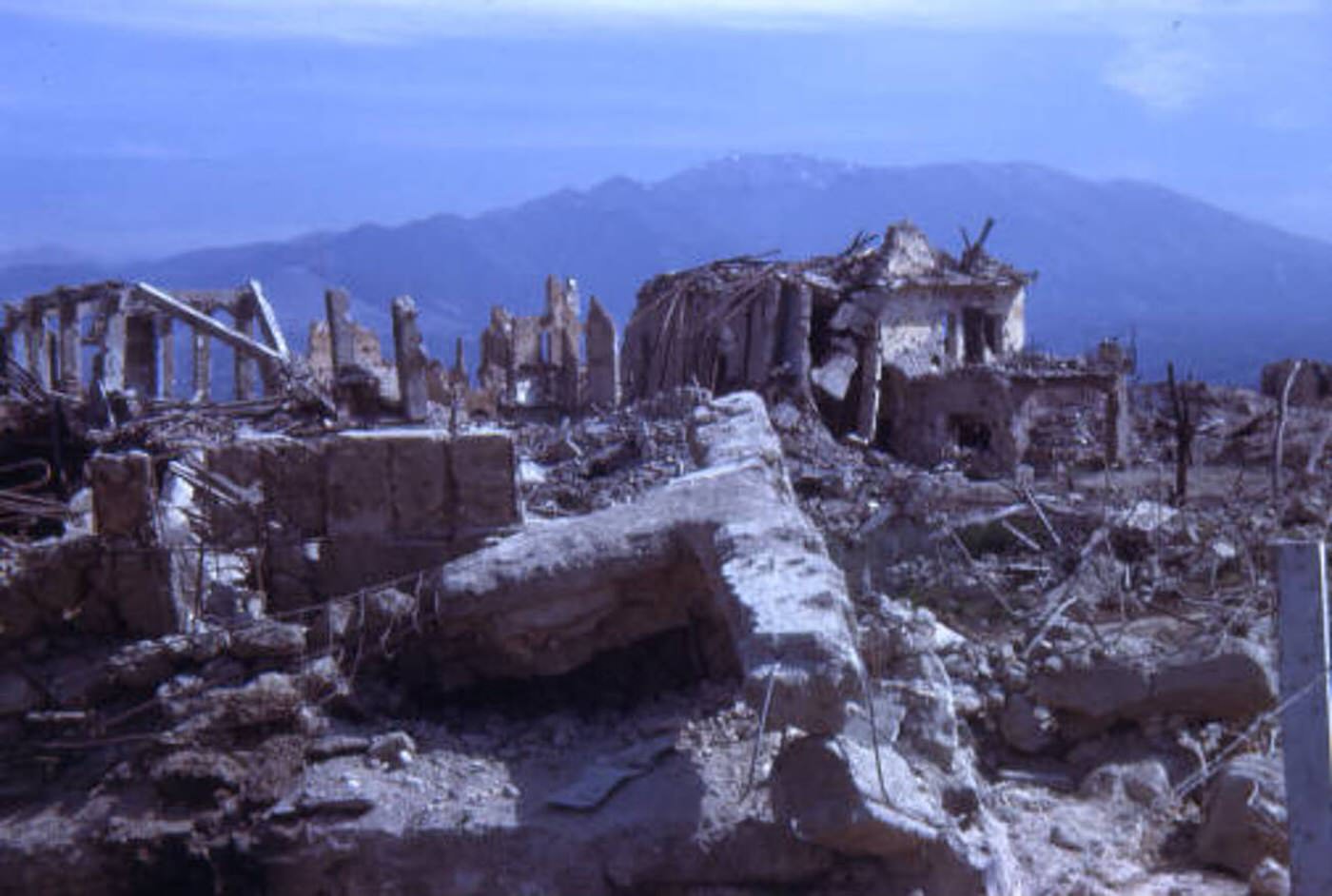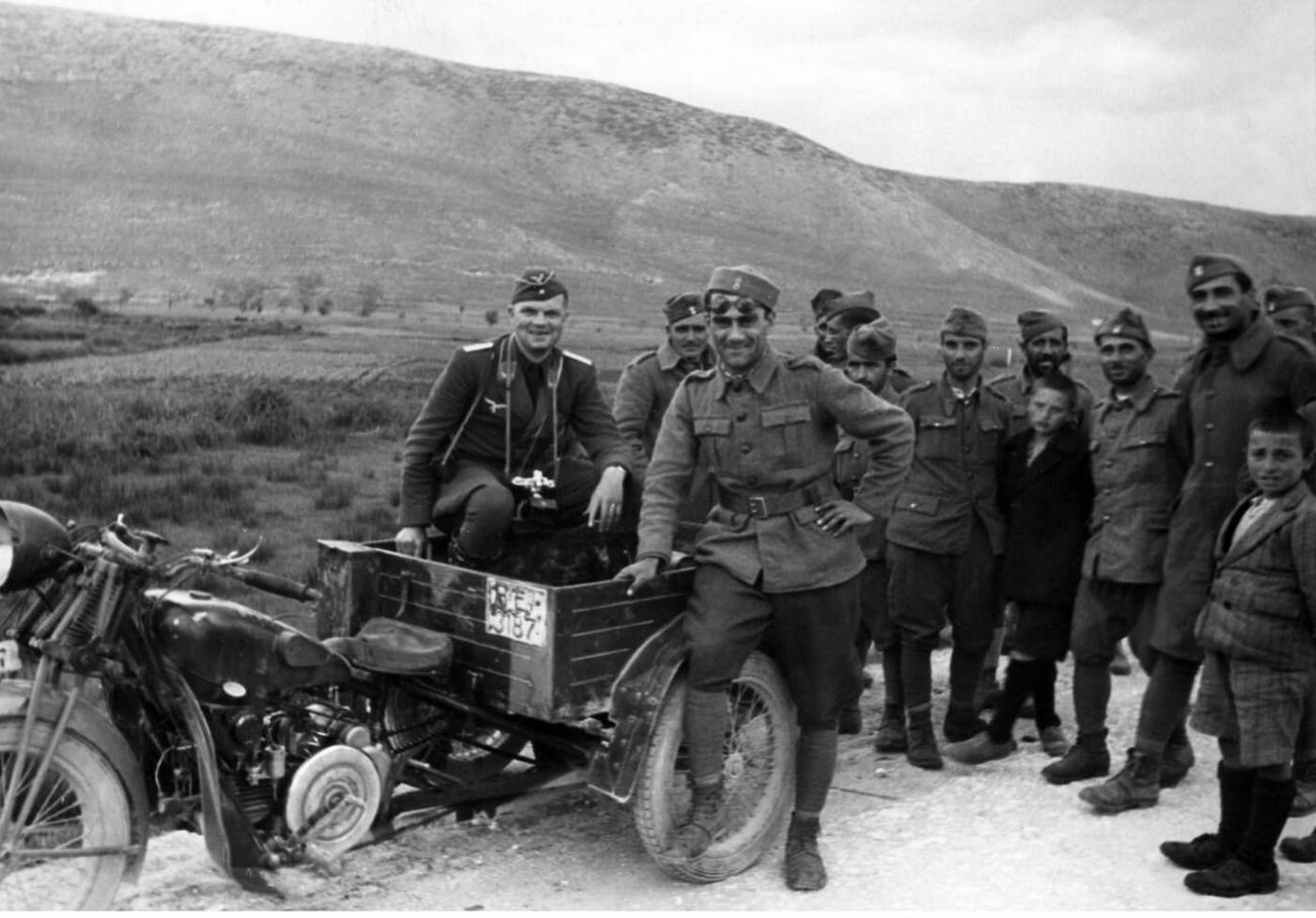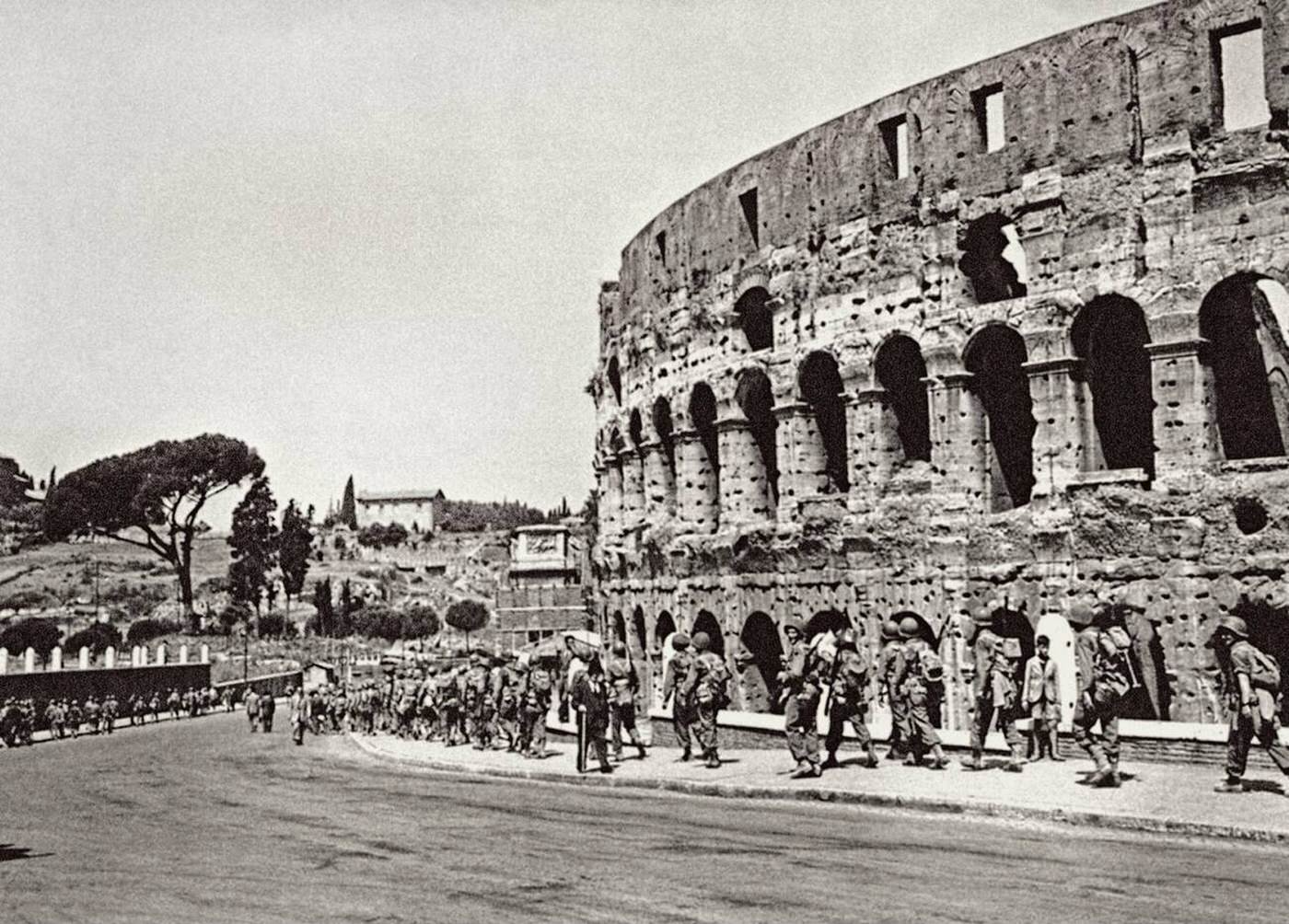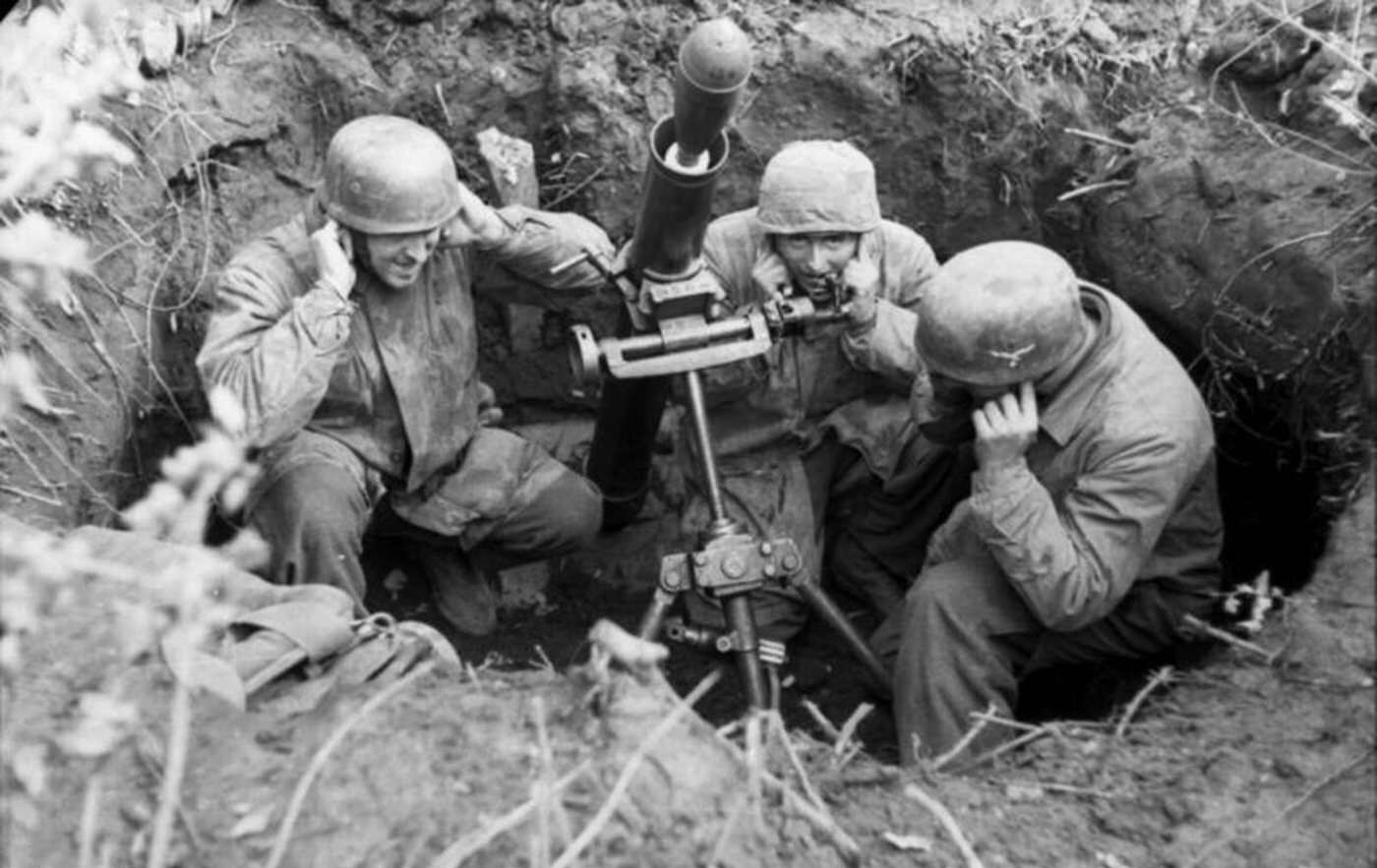As 1944 began, World War II continued to rage across Europe. In Italy, Allied forces, made up of soldiers from many nations including the United States, Great Britain, Canada, Poland, France, India, and New Zealand, were fighting their way up the Italian peninsula. They had successfully invaded mainland Italy the previous year, causing Italy to surrender. However, German forces had quickly moved in to occupy the country and stop the Allied advance.
By the start of 1944, the Allied armies found themselves stuck south of the Italian capital, Rome. The Germans had built strong defensive positions across the narrow, mountainous part of Italy. This network of fortifications was known generally as the Winter Line, with its strongest section called the Gustav Line. This line used rivers like the Rapido and Garigliano, along with rugged mountains, to create a formidable barrier. Progress for the Allies was slow and difficult. The terrain was challenging, with steep hills, deep valleys, and roads easily blocked. Winter weather brought cold, rain, and mud, making fighting conditions miserable and movement even harder.
The Anzio Landing: A Gamble to Break the Stalemate
To try and break through the Gustav Line, Allied commanders planned a surprise attack. The idea was to land troops by sea behind the German defenses, forcing the Germans to pull soldiers away from the main front or risk being trapped. This amphibious landing, codenamed Operation Shingle, took place on January 22, 1944, at Anzio and Nettuno, coastal towns only about 30 miles south of Rome.
Read more
The initial landing caught the Germans completely by surprise. Allied troops got ashore with little resistance. For a short time, the road to Rome seemed open. However, the Allied commander on the beachhead hesitated, choosing to build up his defenses rather than pushing inland immediately. This gave the Germans crucial time to react. Under the command of Field Marshal Albert Kesselring, German units rushed to the area, surrounding the Allied beachhead.
Instead of breaking the stalemate, Anzio became another difficult front. The Allied soldiers were trapped in a small area with the sea at their backs, under constant German artillery fire and counterattacks. The fighting at Anzio turned into months of brutal trench warfare, similar to World War I, with heavy casualties on both sides. The hoped-for quick breakthrough did not happen.
The Bloody Battles for Monte Cassino
While the fighting continued at Anzio, the main Allied armies still had to break through the Gustav Line. The key point in this defensive line was the town of Cassino and the high mountain behind it, Monte Cassino. On top of this mountain stood a historic monastery, an ancient abbey founded in the 6th century. The mountain and the town controlled the entrance to the Liri Valley, which offered the most direct route to Rome.
Breaking through at Cassino proved incredibly difficult and costly. Between January and May 1944, the Allies launched four major offensives, known as the Battles of Monte Cassino. Soldiers from the United States, Britain, India, New Zealand, and France fought relentlessly against determined German paratroopers holding strong defensive positions in the town and on the mountain slopes.
The fighting was fierce and took place in terrible conditions. Steep, rocky terrain, winter weather, and accurate German fire made every yard gained a struggle. One of the most controversial events of the campaign occurred during the second battle in February. Believing the Germans were using the ancient abbey as an observation post, Allied bombers dropped hundreds of tons of bombs on the monastery, reducing it to ruins. Later evidence suggested German troops were not actually occupying the abbey itself at that time, though they did move into the rubble afterwards, making it an even stronger defensive position.
The town of Cassino itself was almost completely destroyed in house-to-house fighting. Finally, in the fourth battle launched in May, Polish soldiers, fighting as part of the British Eighth Army, made a heroic effort. After days of intense combat, they captured the ruins of the monastery on May 18, 1944, planting the Polish flag on the summit. The capture of Monte Cassino was a major turning point, finally breaking the Gustav Line.
Operation Diadem and the Liberation of Rome
The final assault on Monte Cassino was part of a larger Allied offensive called Operation Diadem, launched on May 11, 1944. This coordinated attack involved American, British, French, Polish, and Canadian forces hitting the Gustav Line all at once. French colonial troops achieved a remarkable breakthrough in the Aurunci Mountains, south of the Liri Valley, unhinging the German defenses.
With the Gustav Line breached in several places and Cassino captured, the German forces were forced to retreat. The Allied troops fighting at the Anzio beachhead finally broke out on May 23, linking up with the main Allied forces advancing from the south. The road to Rome was now open.
American troops of the U.S. Fifth Army pushed forward, and on June 4, 1944, they entered Rome. The liberation of the Italian capital was a significant victory and a major morale boost for the Allies. It occurred just two days before the momentous D-Day landings began in Normandy, France, opening the long-awaited second front in Western Europe.
The Difficult Advance North and the Gothic Line
Capturing Rome did not end the fighting in Italy. The Germans conducted a skillful fighting withdrawal northward, using the mountainous terrain of central Italy to delay the Allied advance. Every river valley and mountain ridge became a potential defensive line. Allied progress continued through the summer of 1944, but it was often slow and demanding.
By late summer, the Allies reached the next major German defensive system: the Gothic Line. This was another heavily fortified belt stretching across Italy from the coast west of Pisa to the Adriatic coast near Rimini. Built through the rugged northern Apennine Mountains, the Gothic Line presented a formidable obstacle.
Fighting to break the Gothic Line began in late August and continued through the autumn. Allied soldiers faced intense battles for heavily defended mountain peaks, passes, and fortified villages. British and Commonwealth forces, including Canadians and Indians, fought tough battles on the eastern side near the Adriatic coast, eventually capturing the city of Rimini. American forces attacked through the central Apennines, trying to break through towards the city of Bologna.
Progress was slow and casualties were high. The Germans fought stubbornly from well-prepared positions. As autumn arrived, heavy rains turned the battlefield into mud, further slowing the advance. Supply lines became strained over the difficult terrain.
Winter Stalemate
By the end of 1944, the Allied offensive in Italy had ground to a halt. The combination of strong German resistance on the Gothic Line, the extremely difficult mountain terrain, worsening weather with winter snows beginning in the higher elevations, and troop exhaustion stalled the advance. Furthermore, the Italian campaign had become secondary in importance to the fighting in Northwest Europe. Experienced Allied divisions and resources were increasingly diverted to France.
As 1944 closed, the front line in Italy stabilized along the Gothic Line. Allied and German soldiers settled in for another harsh winter of mountain warfare, facing cold, snow, and continued patrols and skirmishes in the rugged Apennine Mountains. The fight to push the Germans completely out of Italy would have to wait for the spring of 1945.


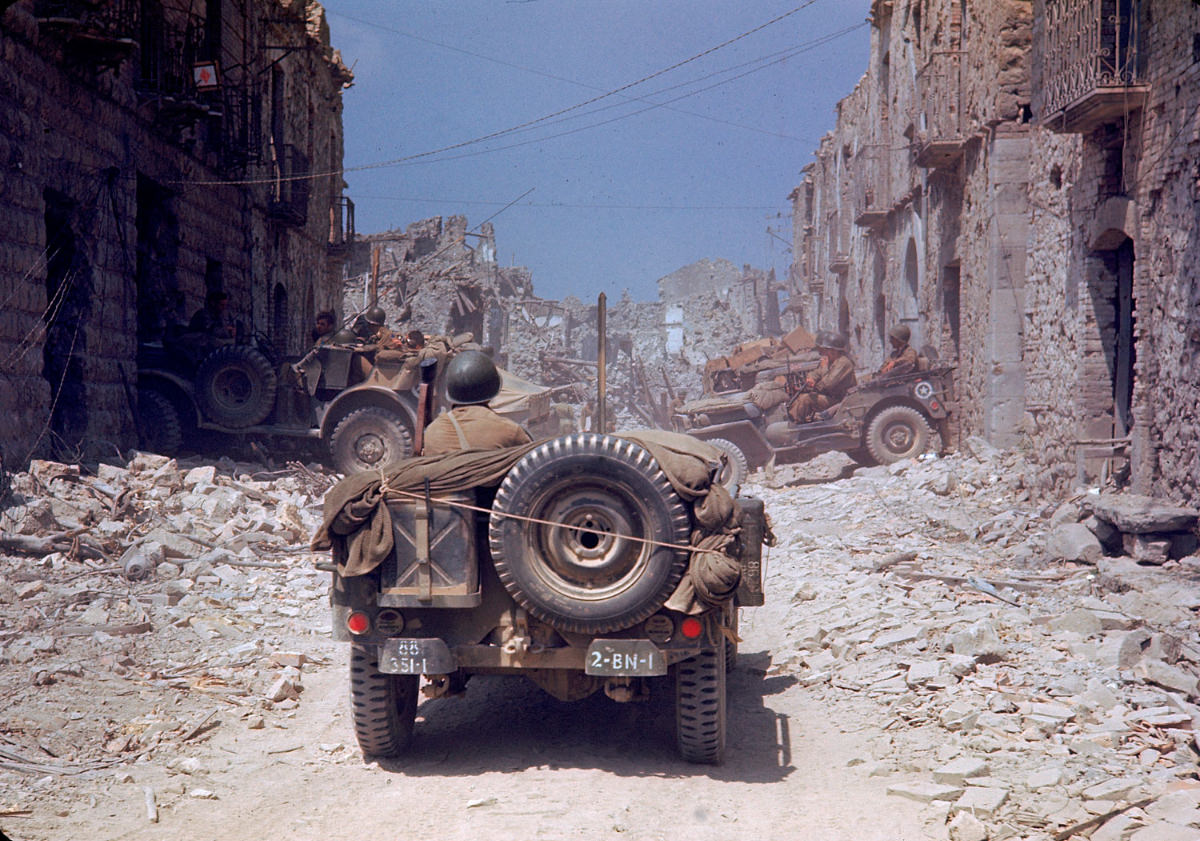
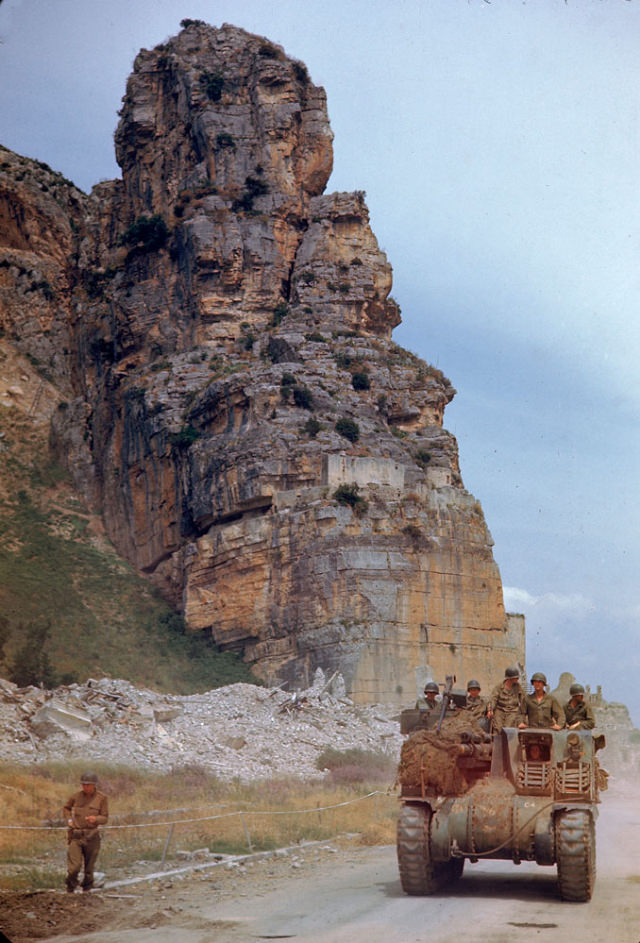
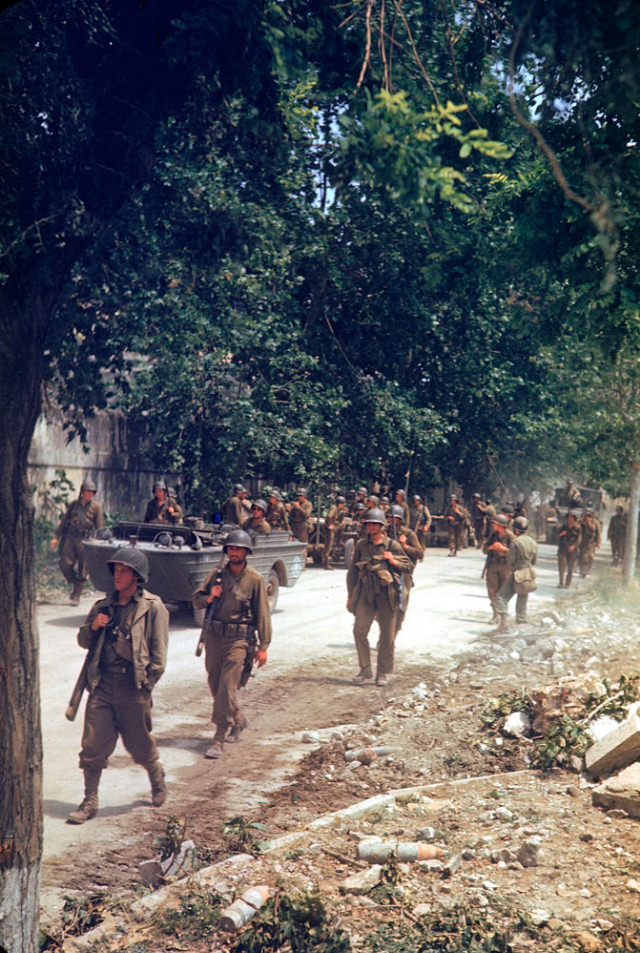
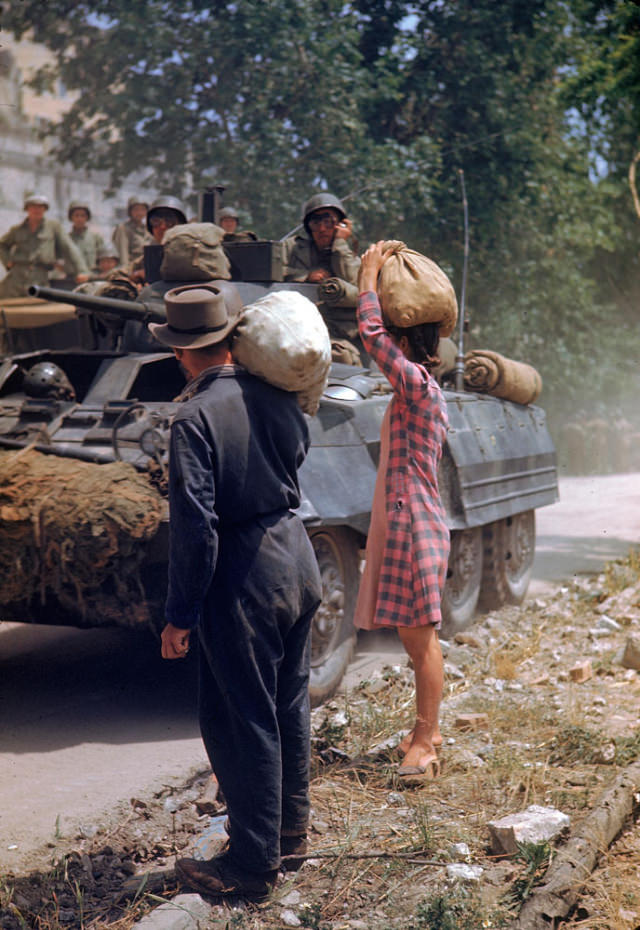
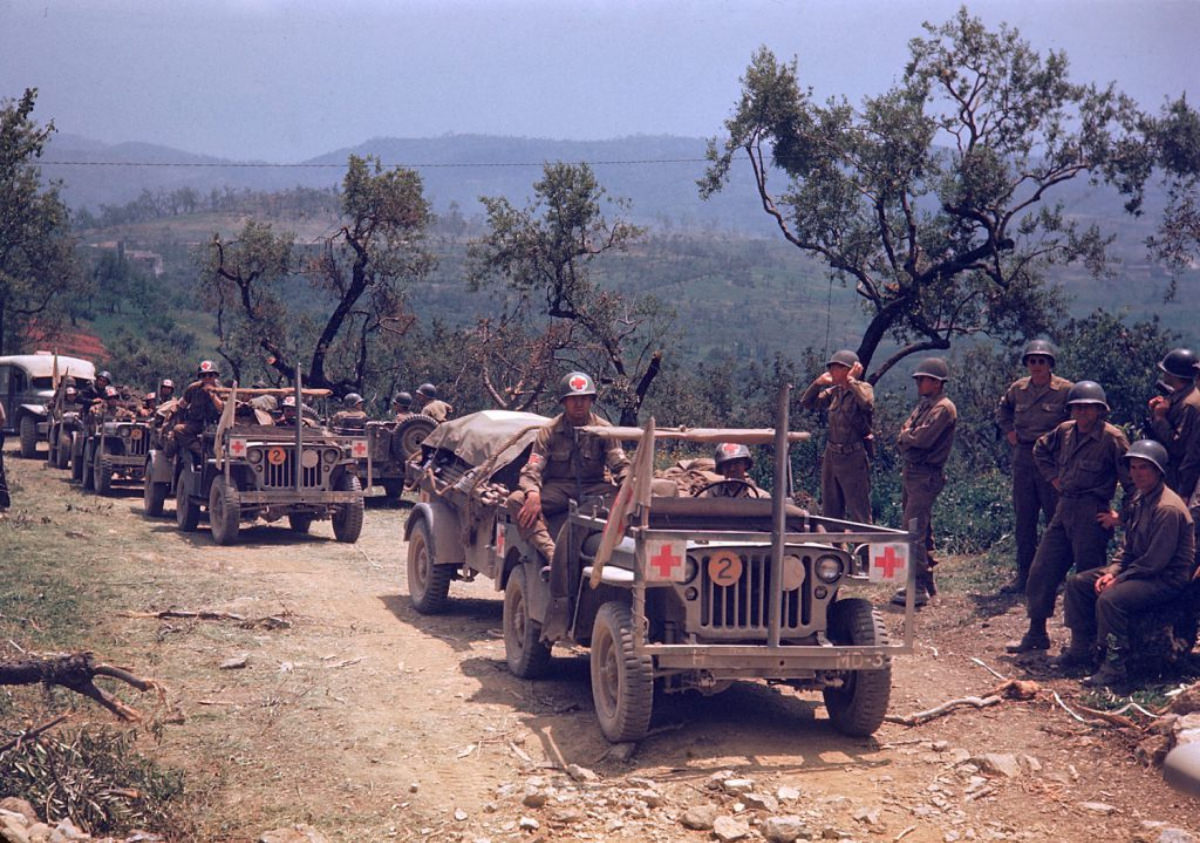

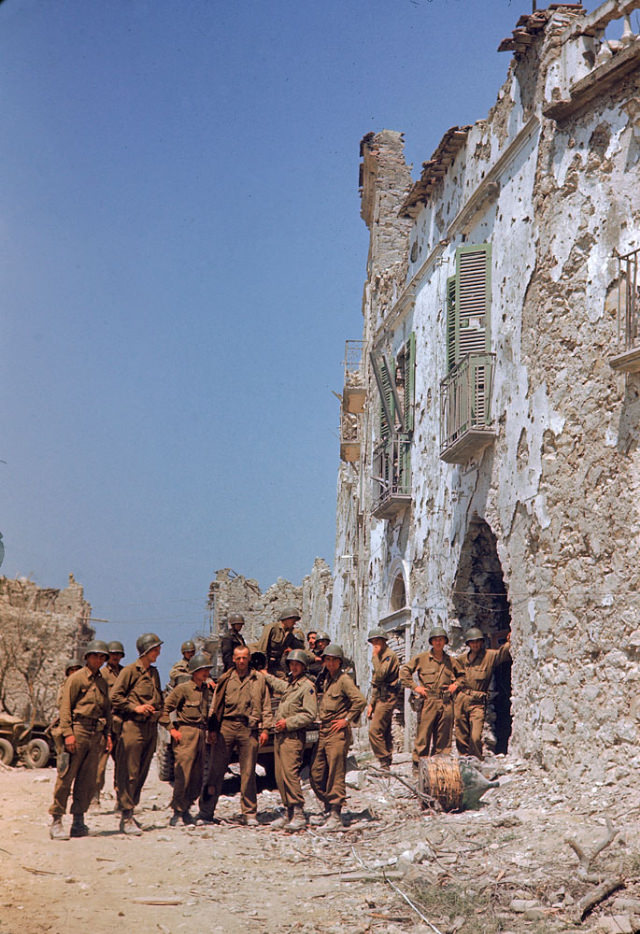

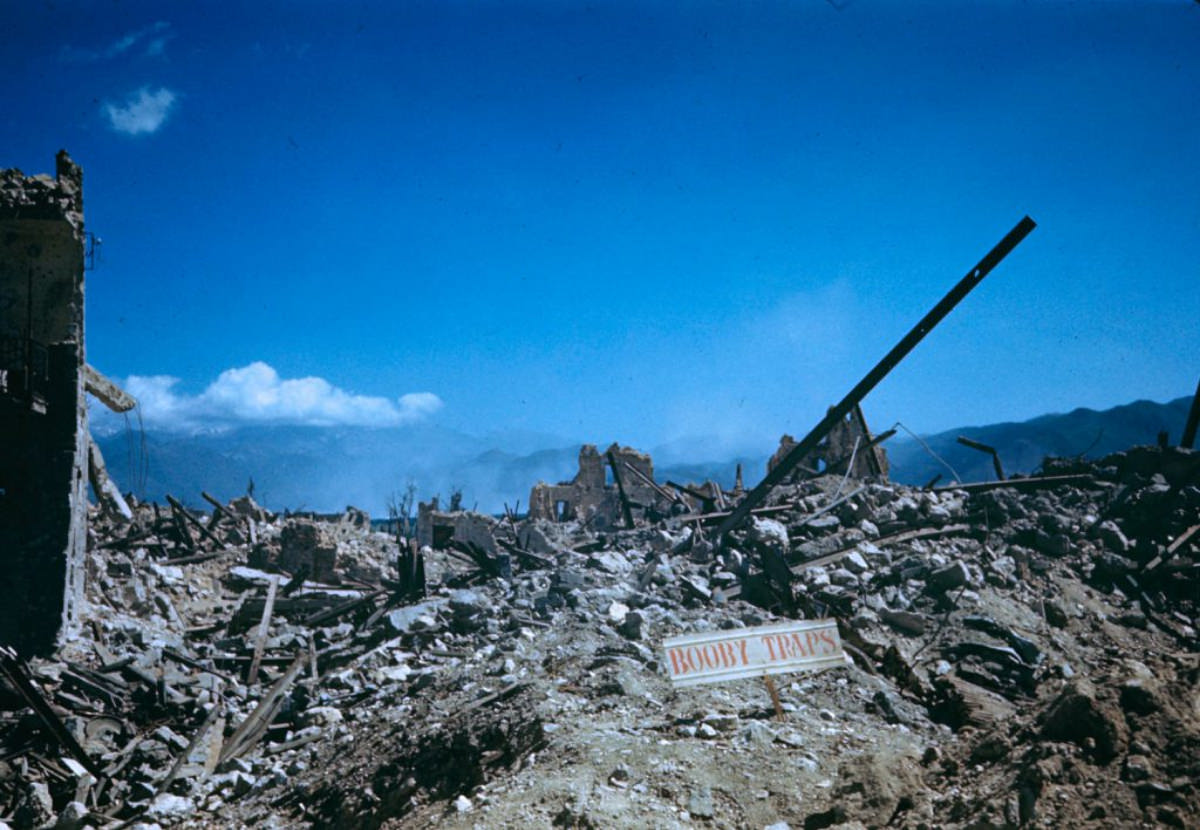
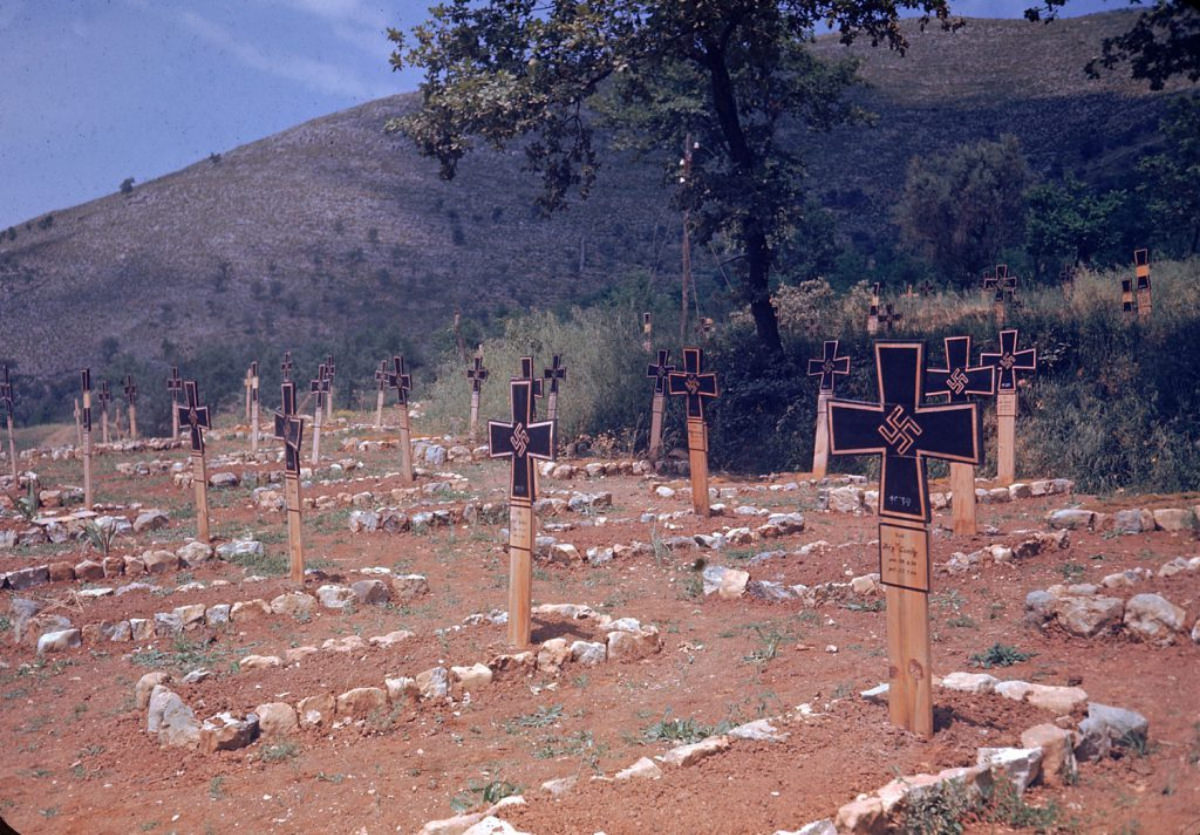
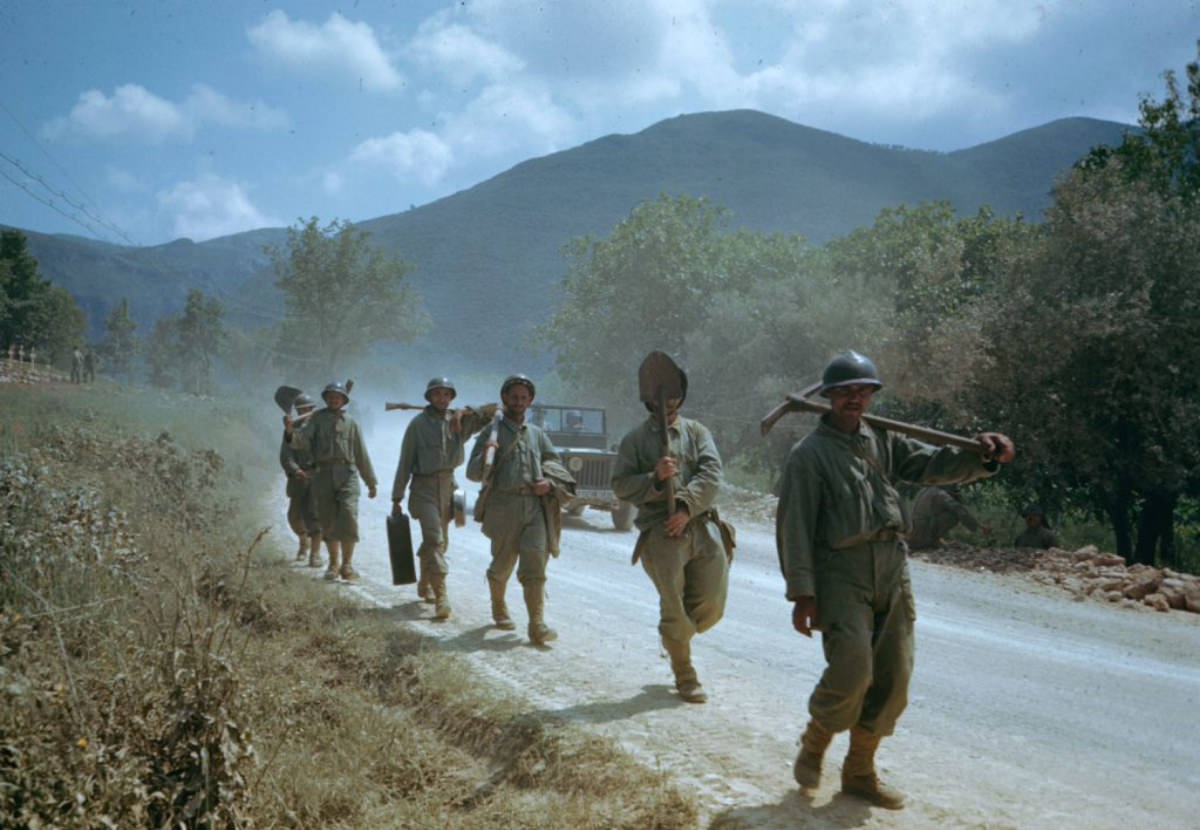
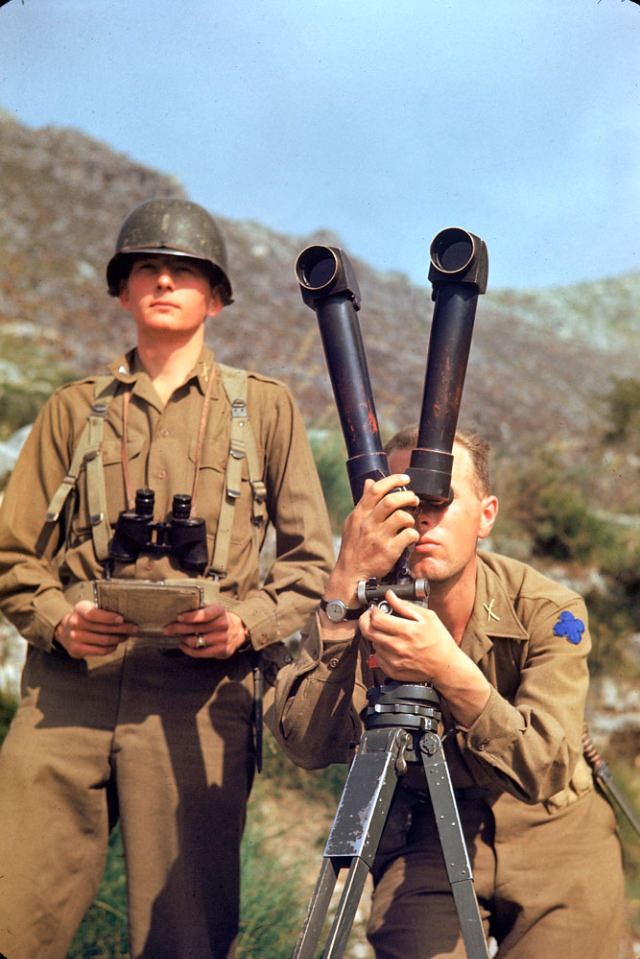
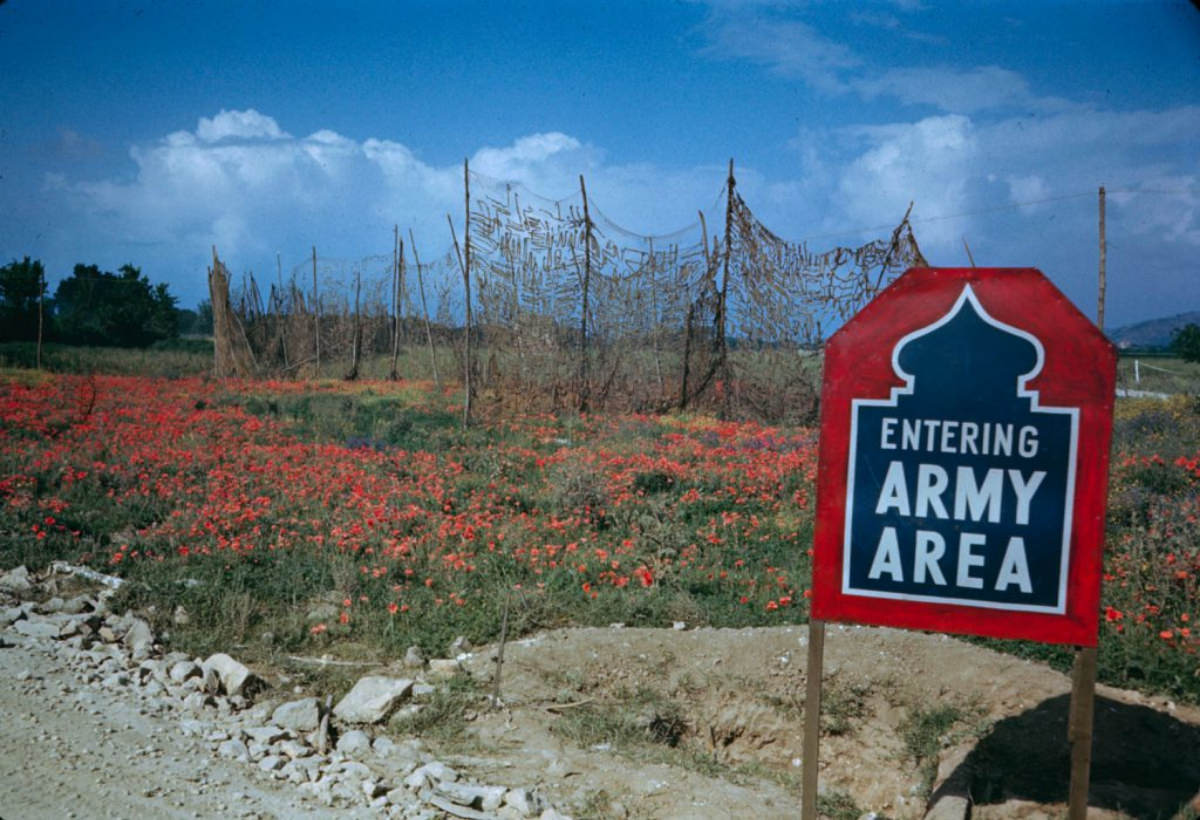
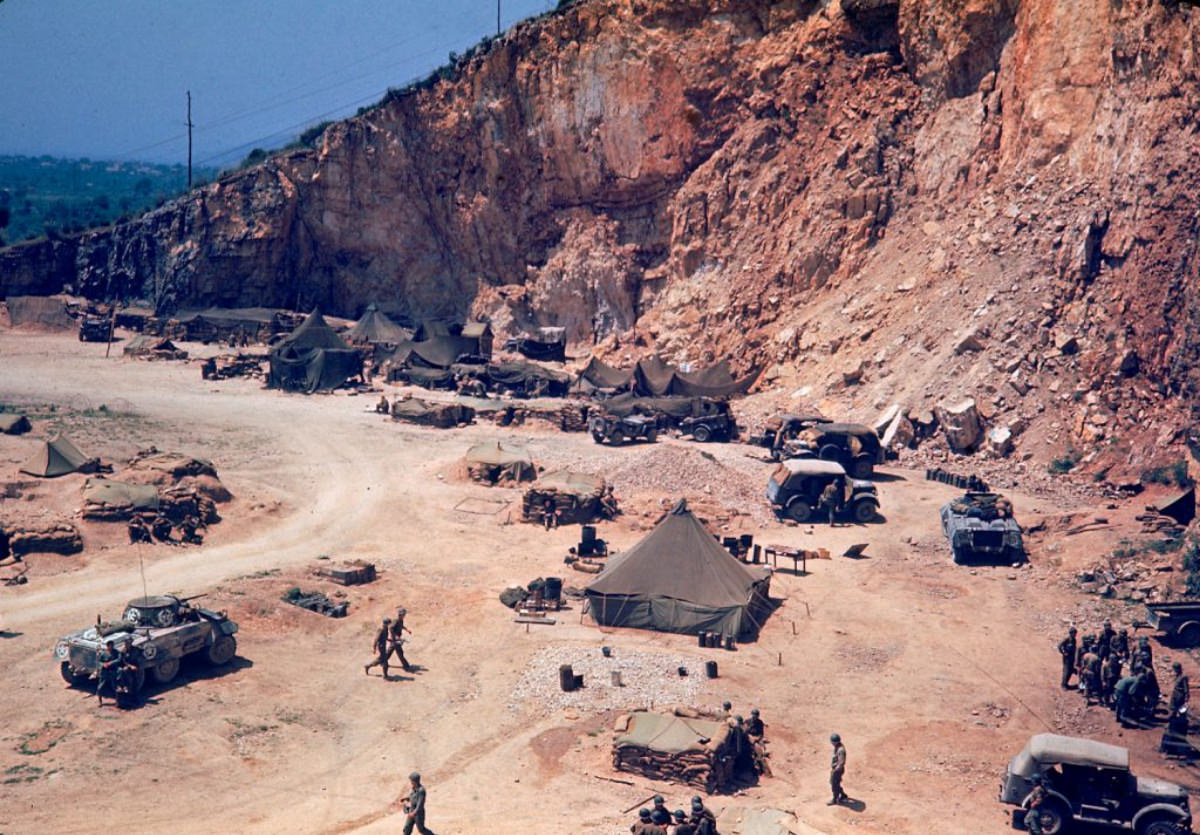
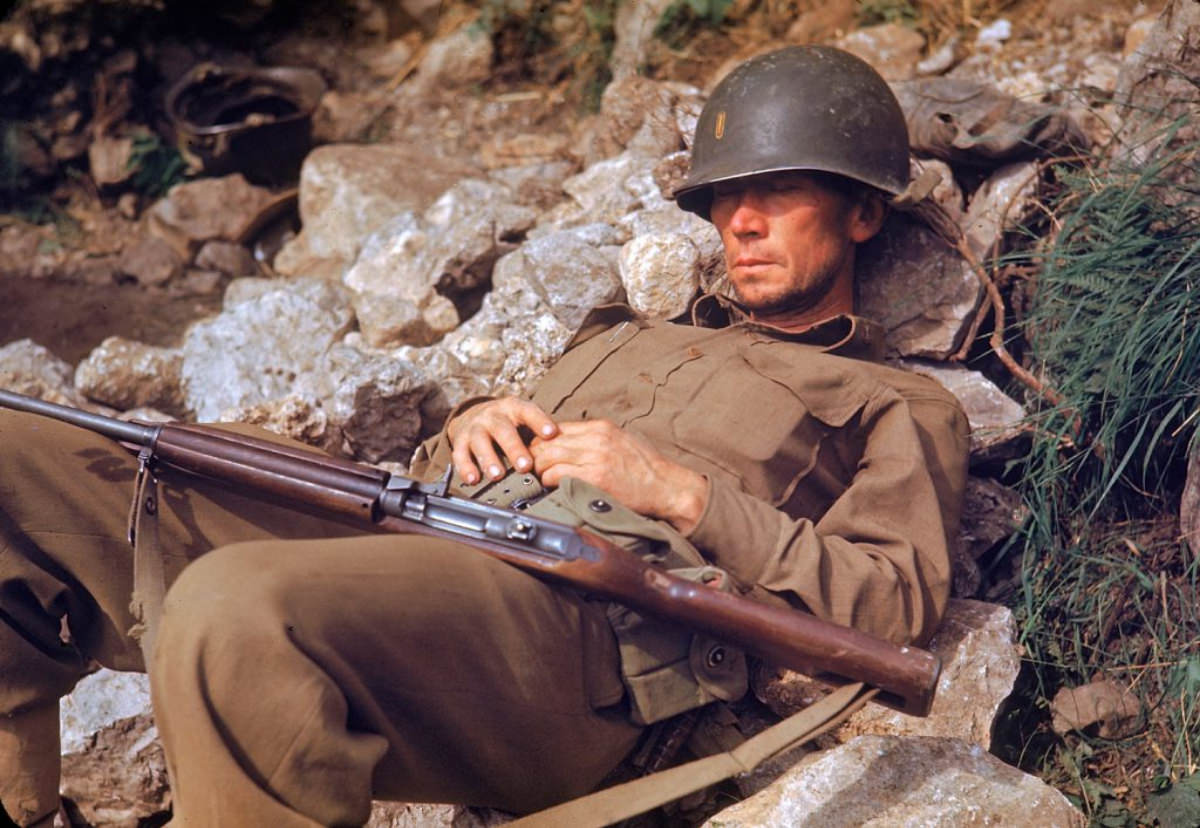
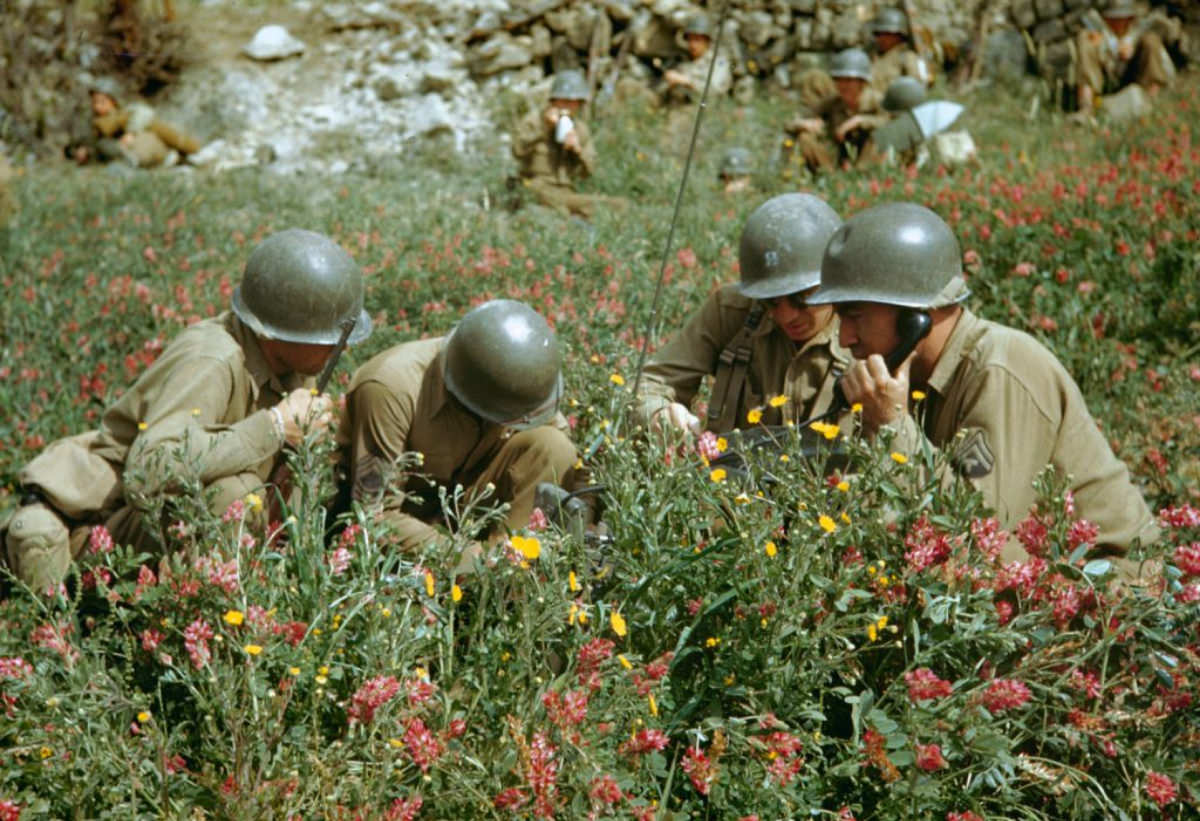

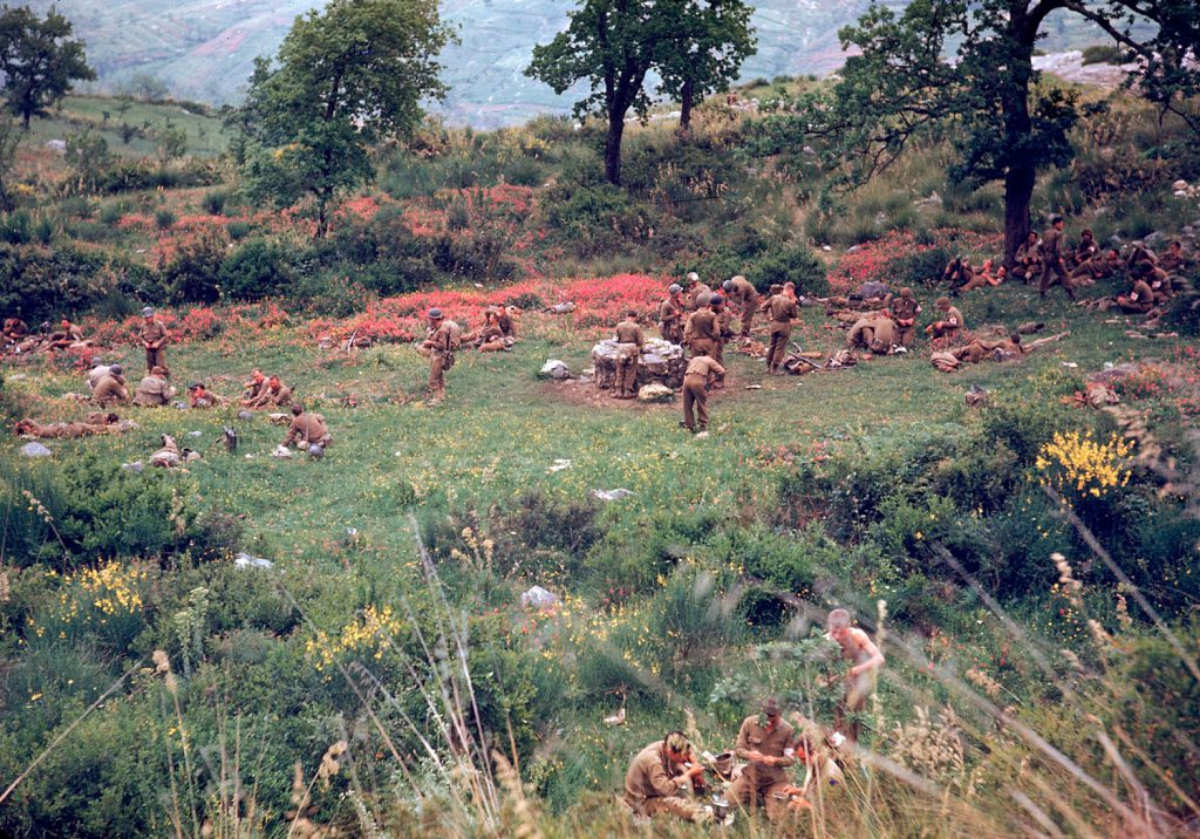
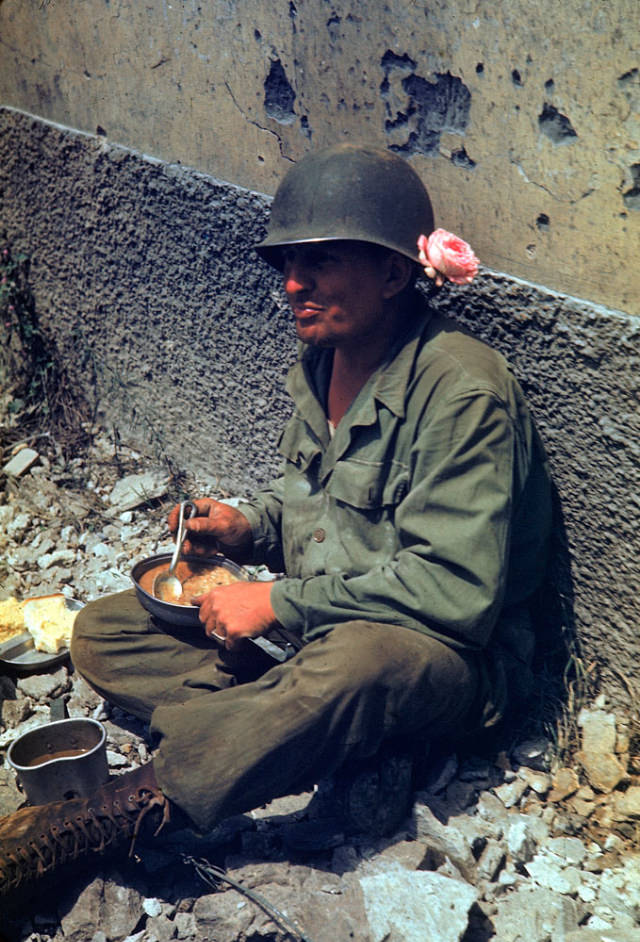

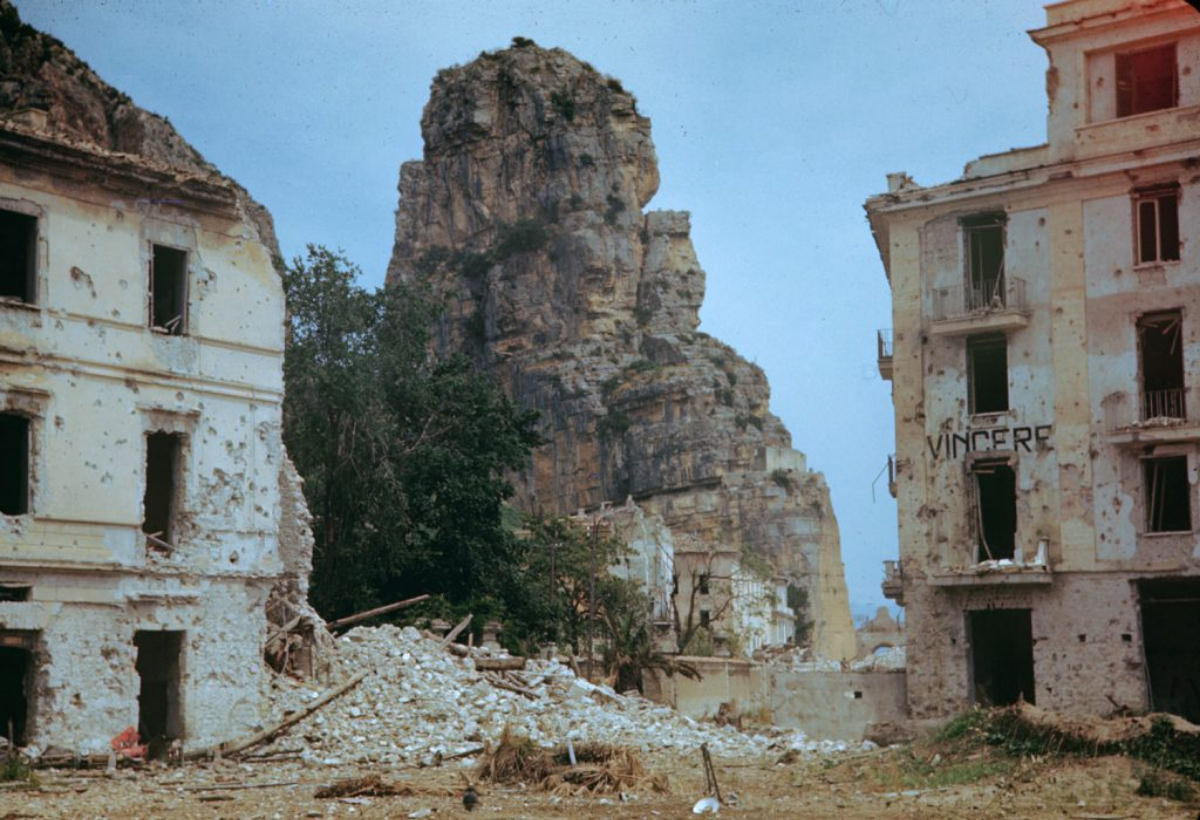
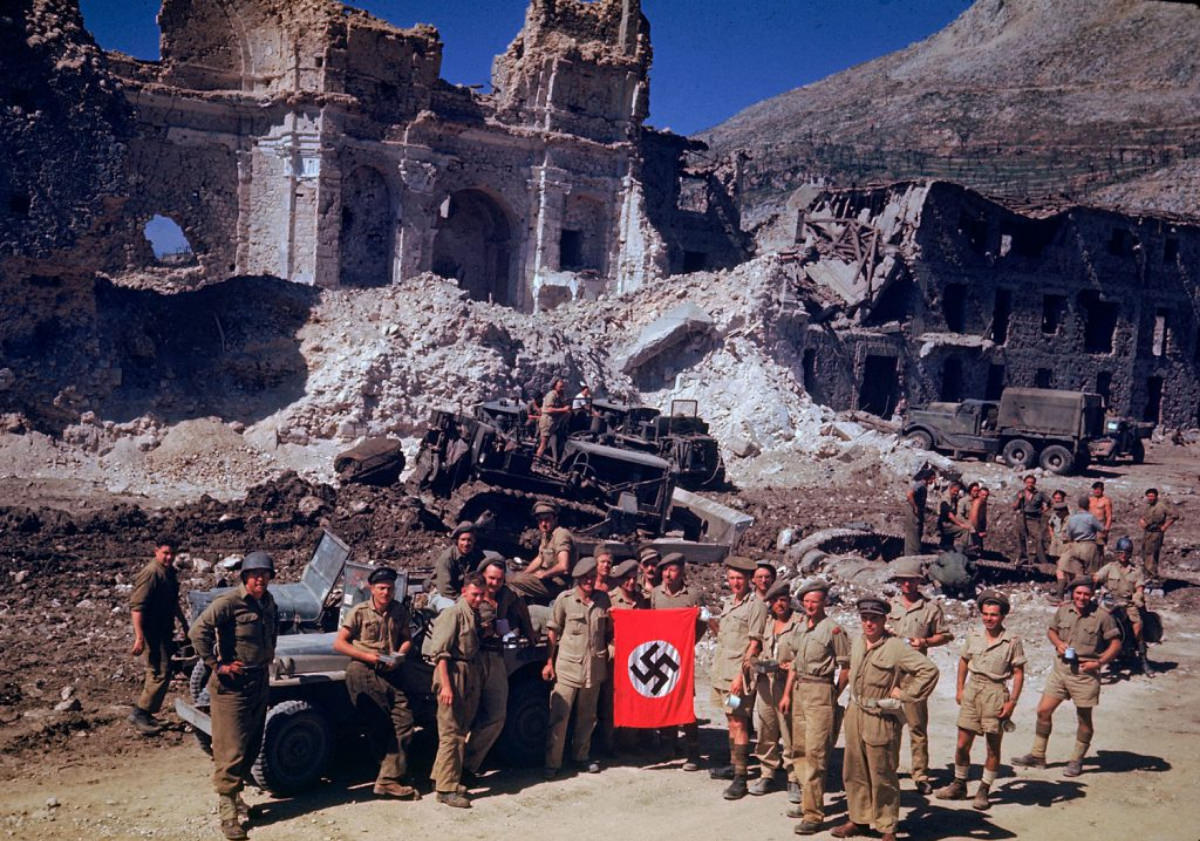
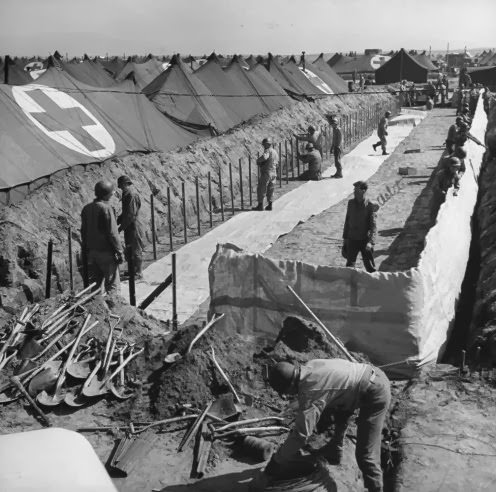
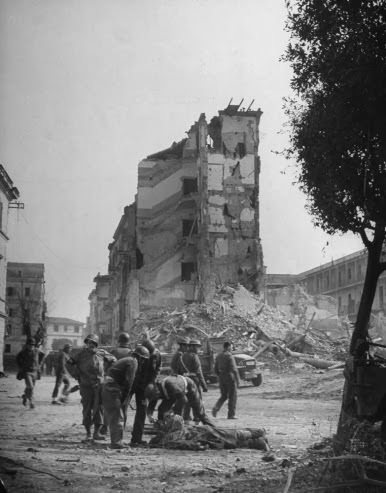
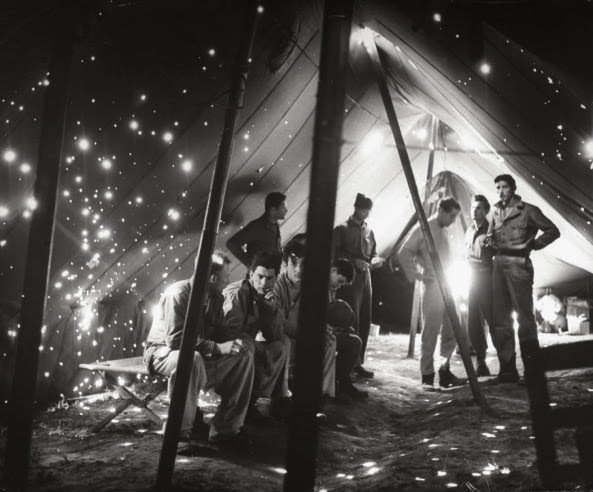
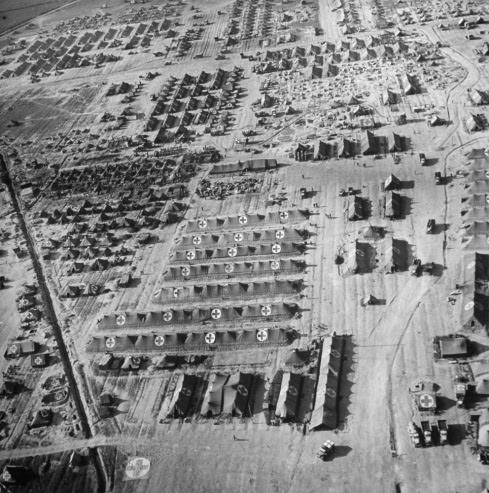
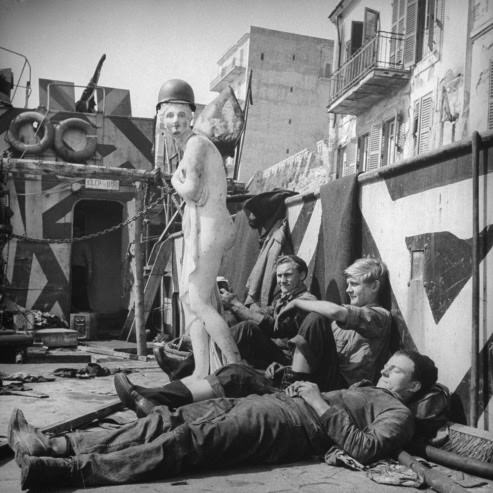
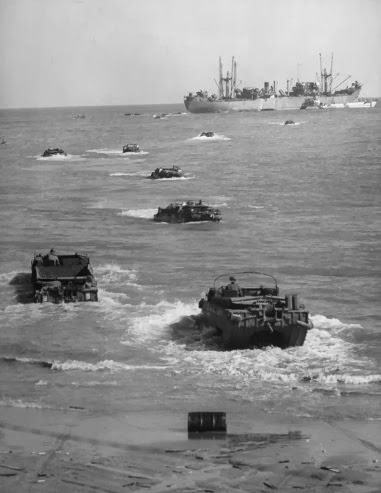
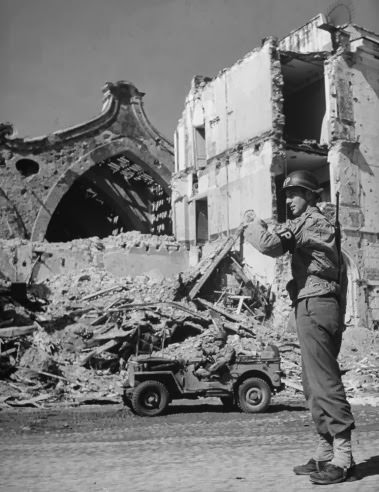
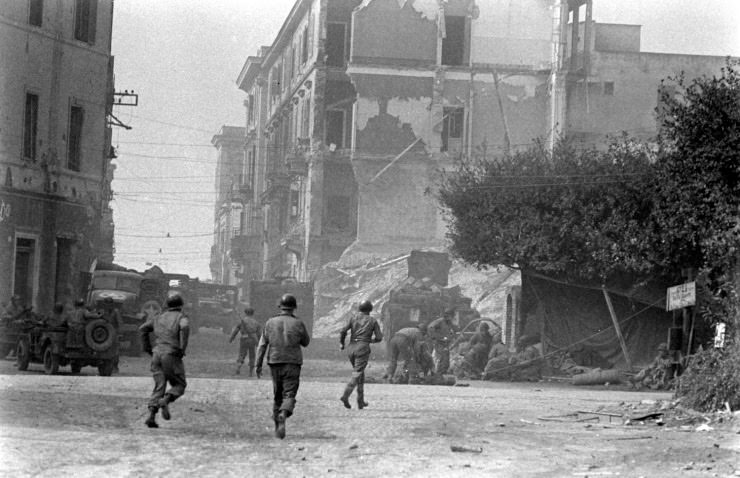
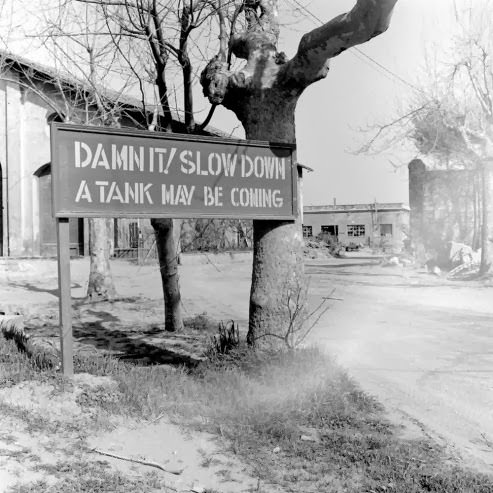

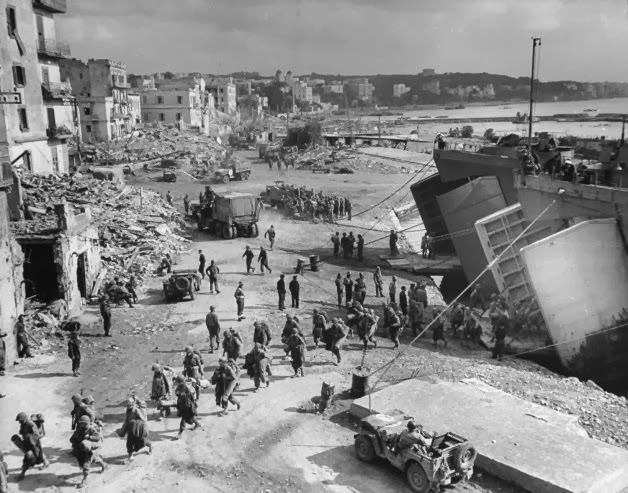
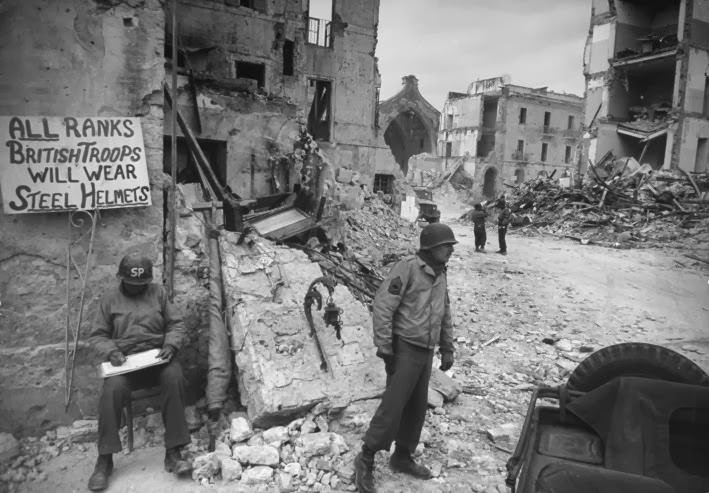
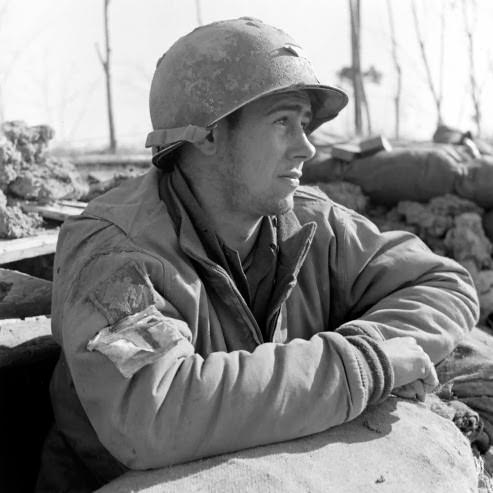
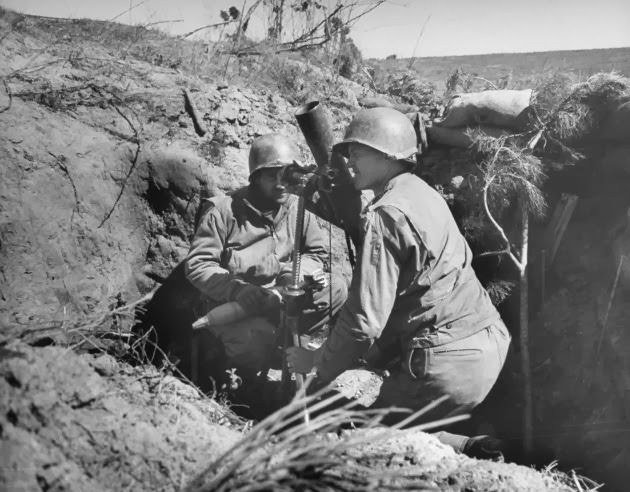
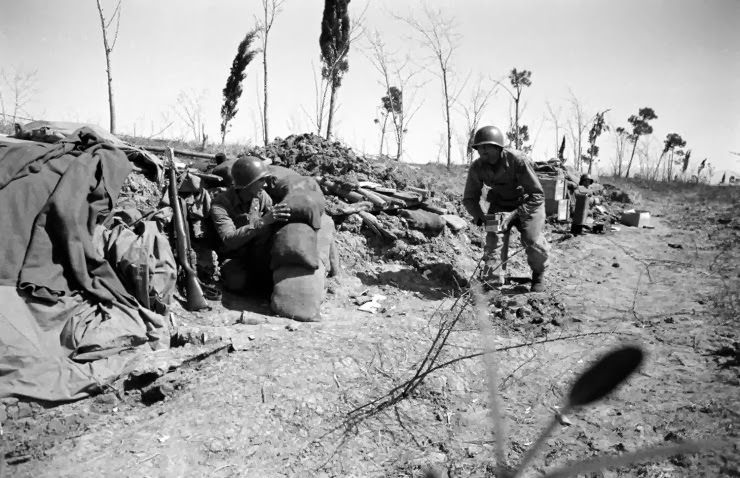
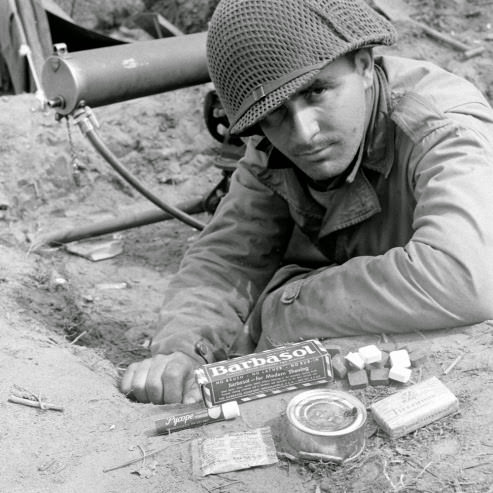

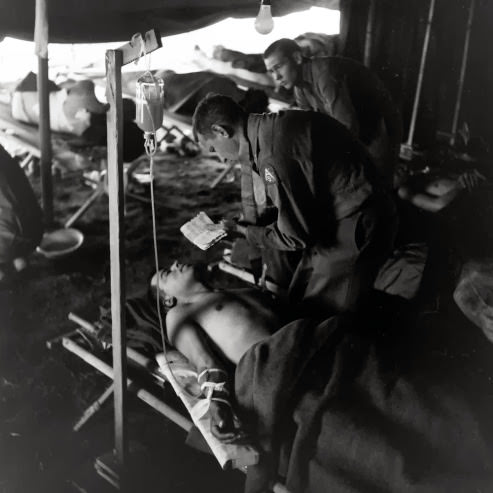

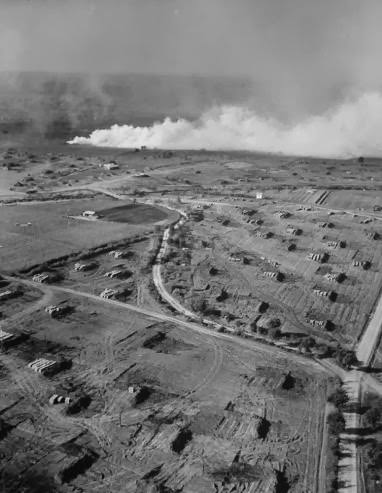
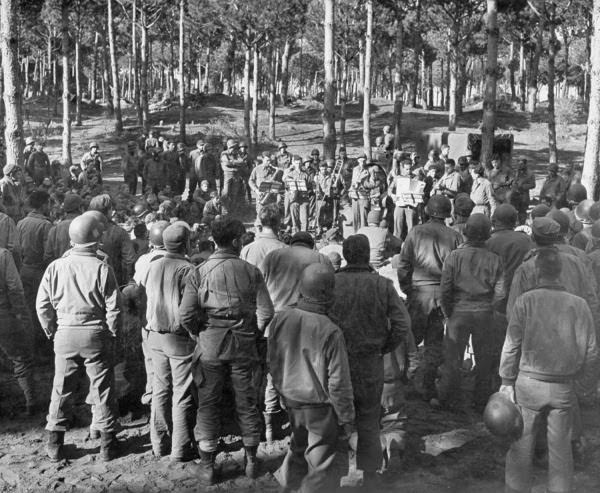
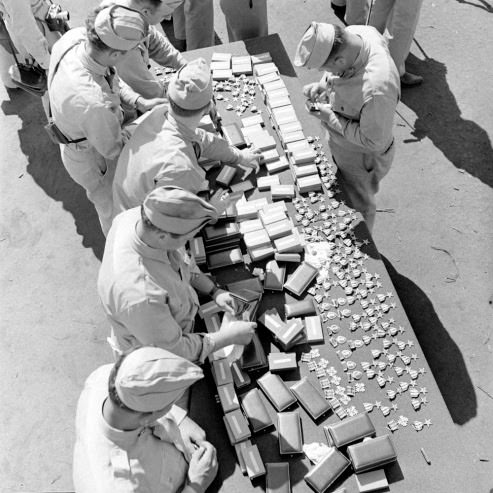
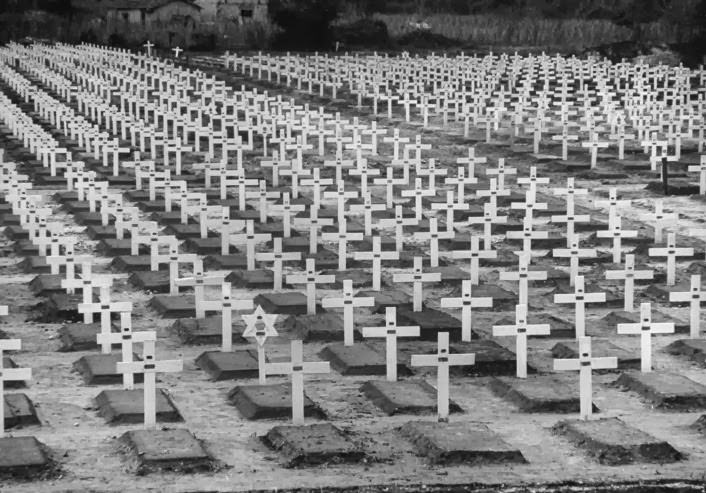
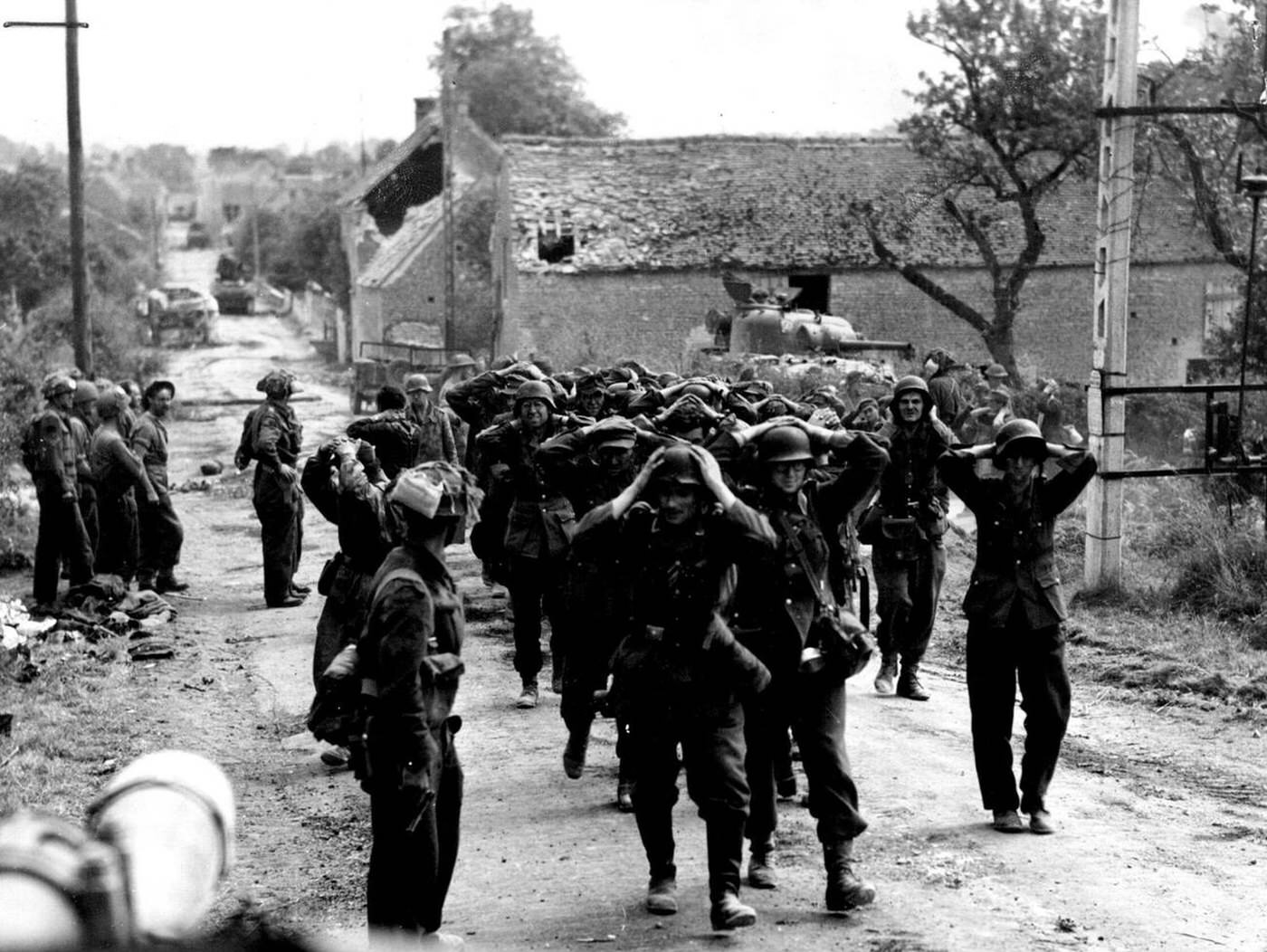
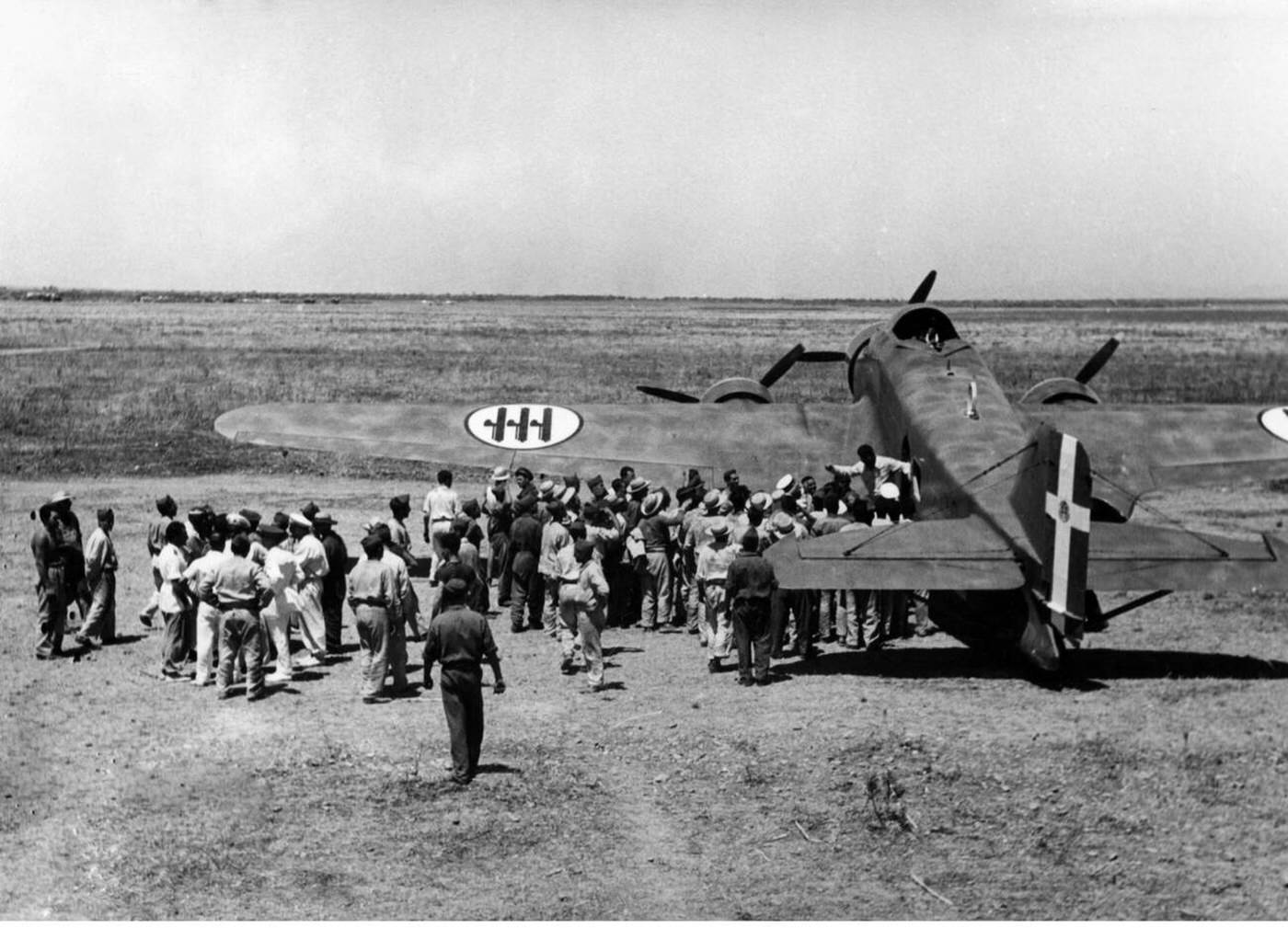
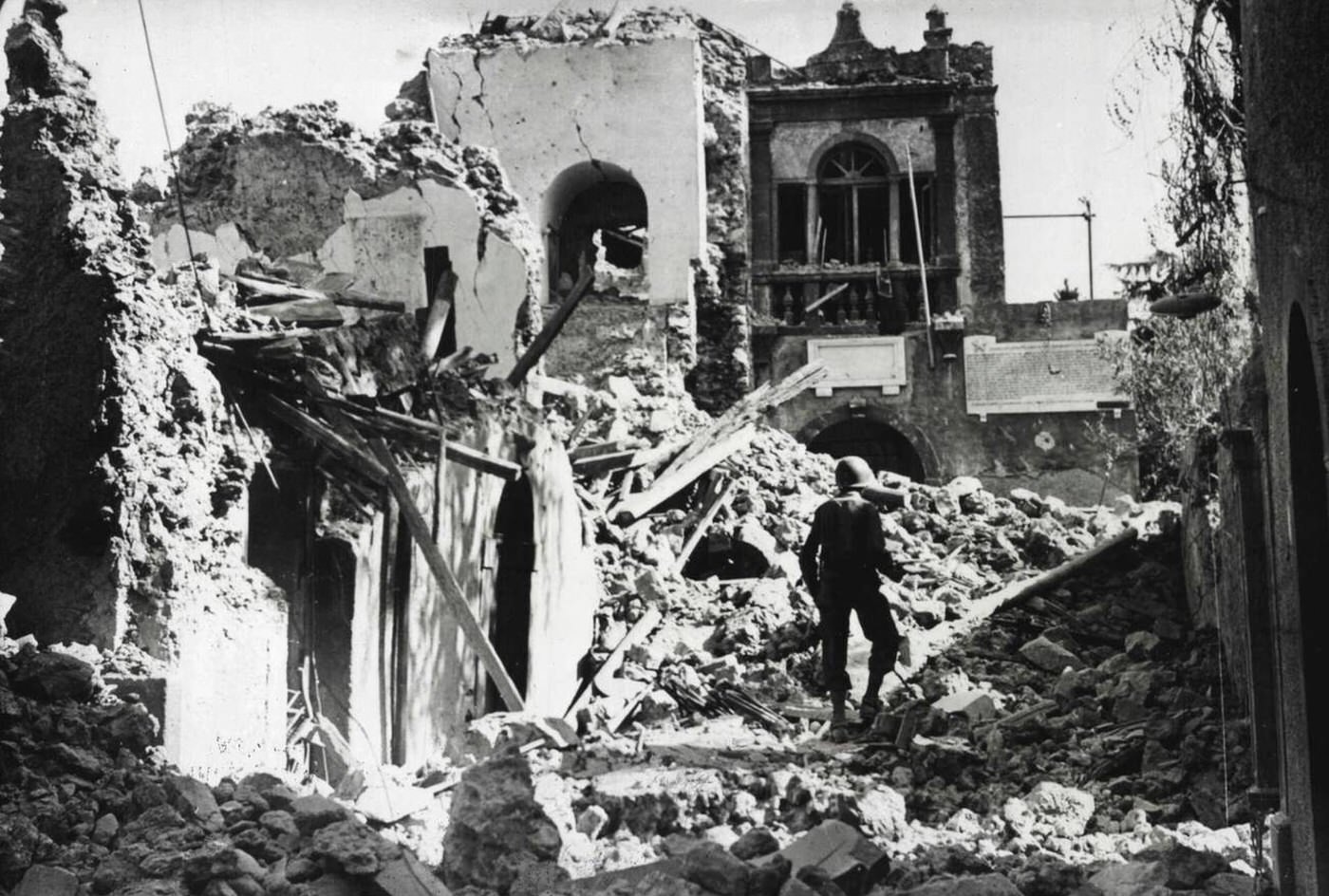
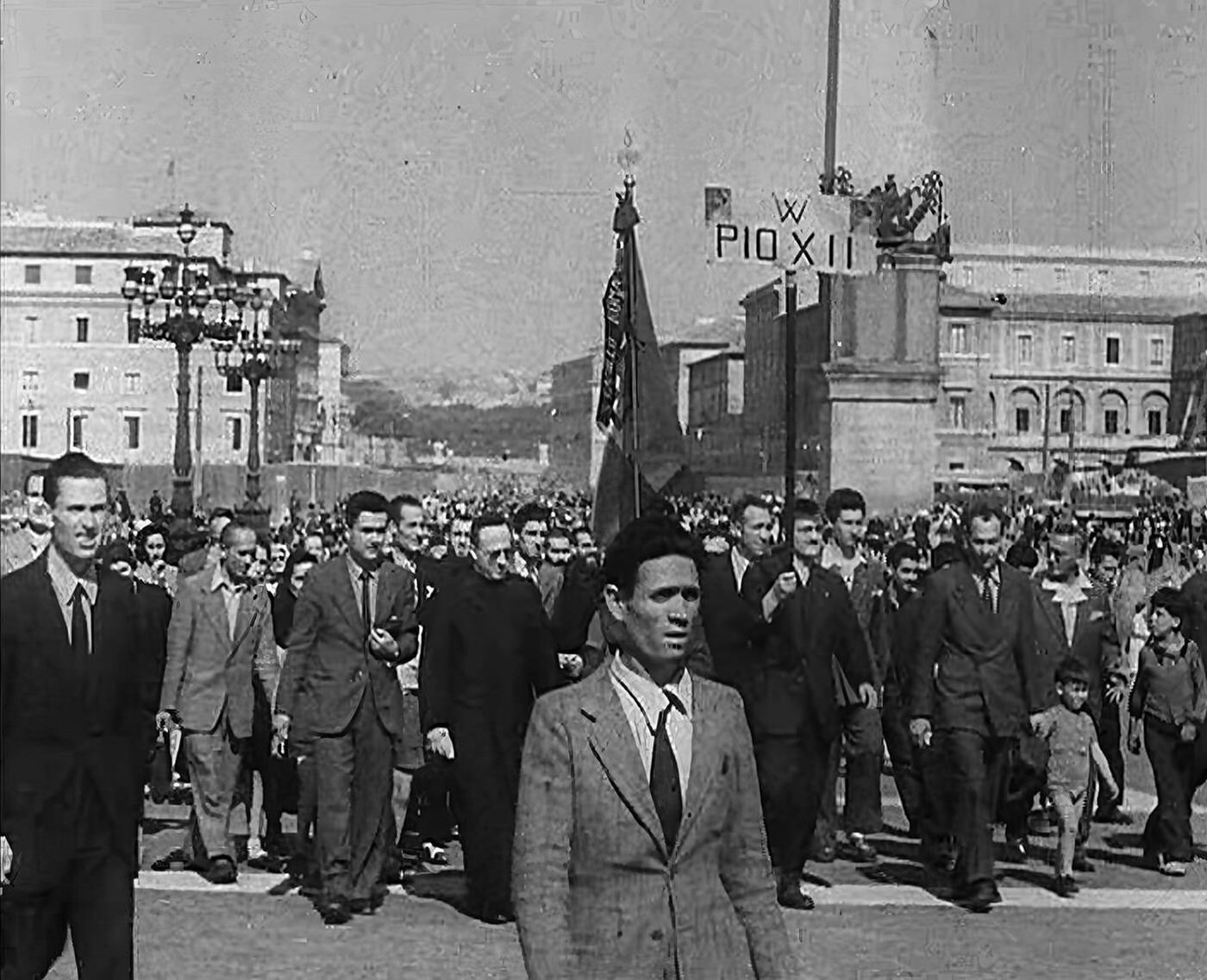
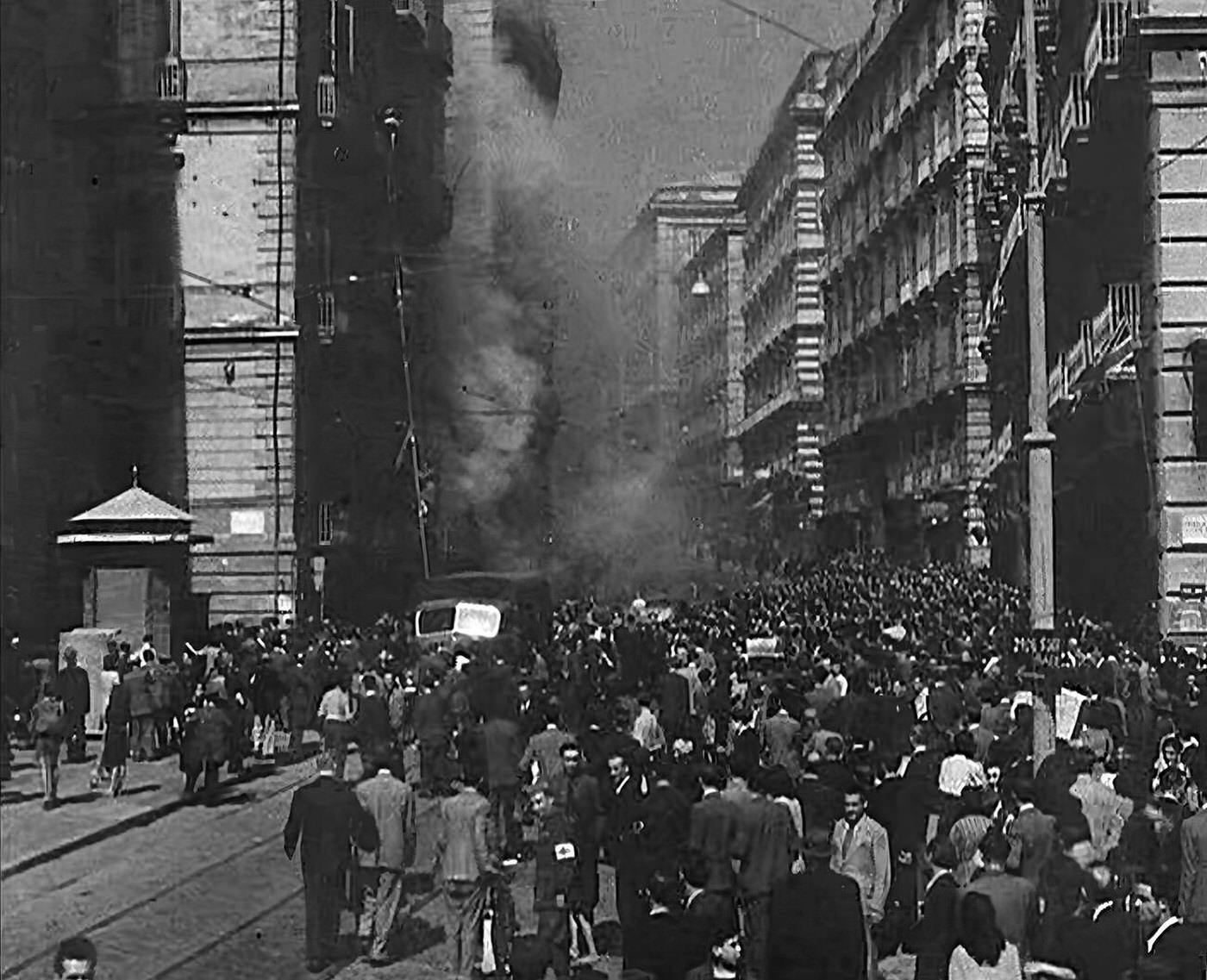
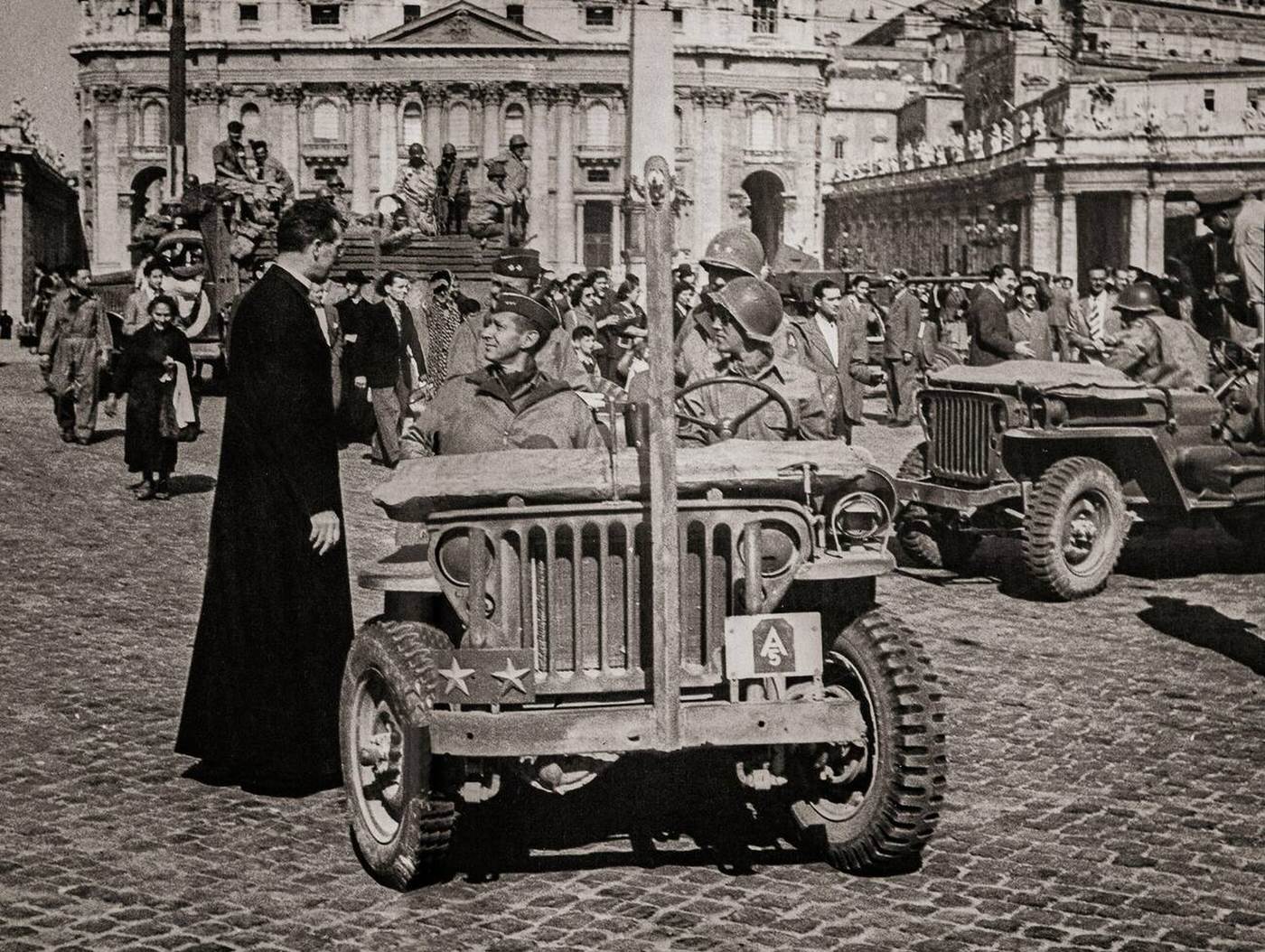
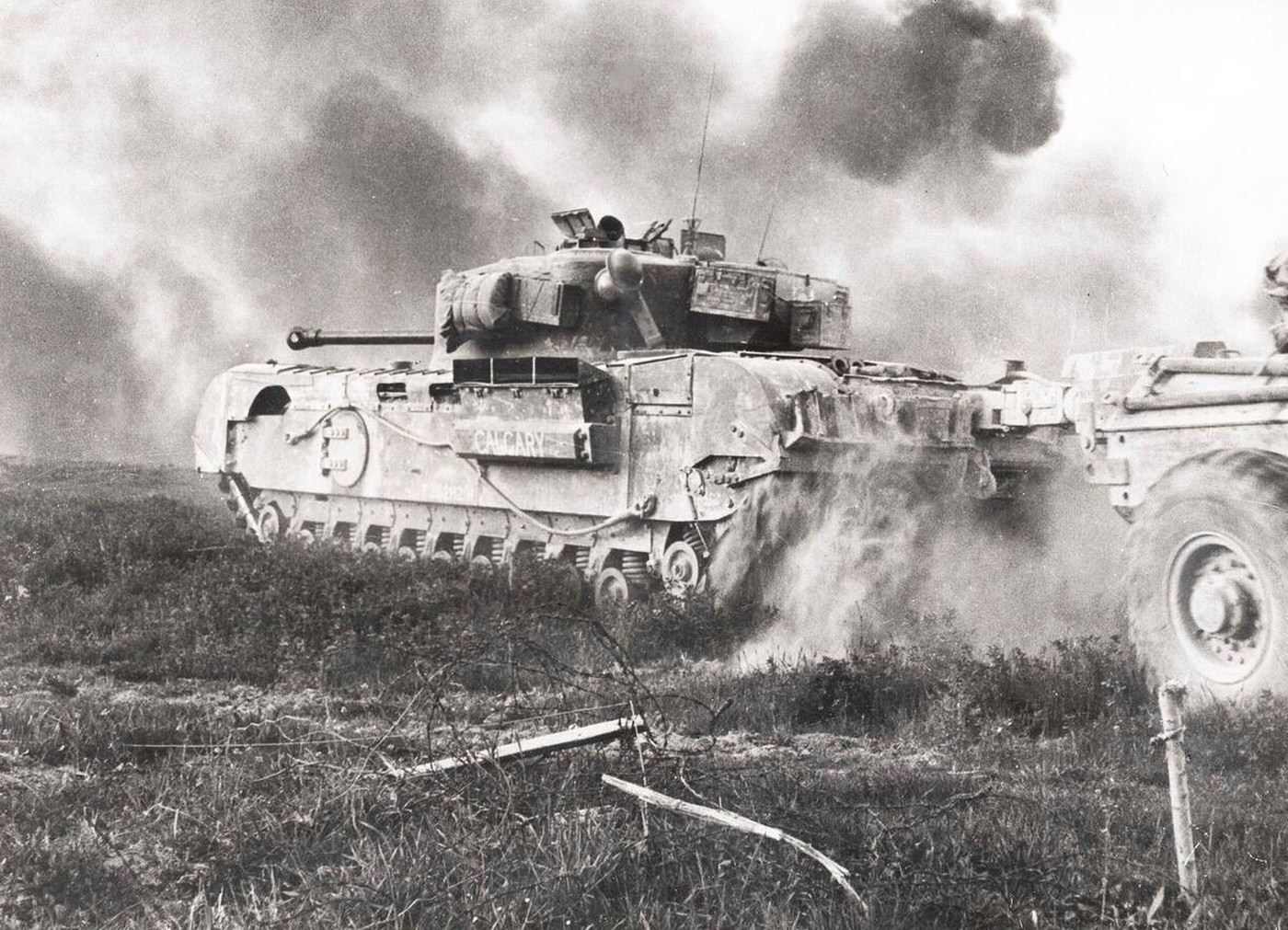
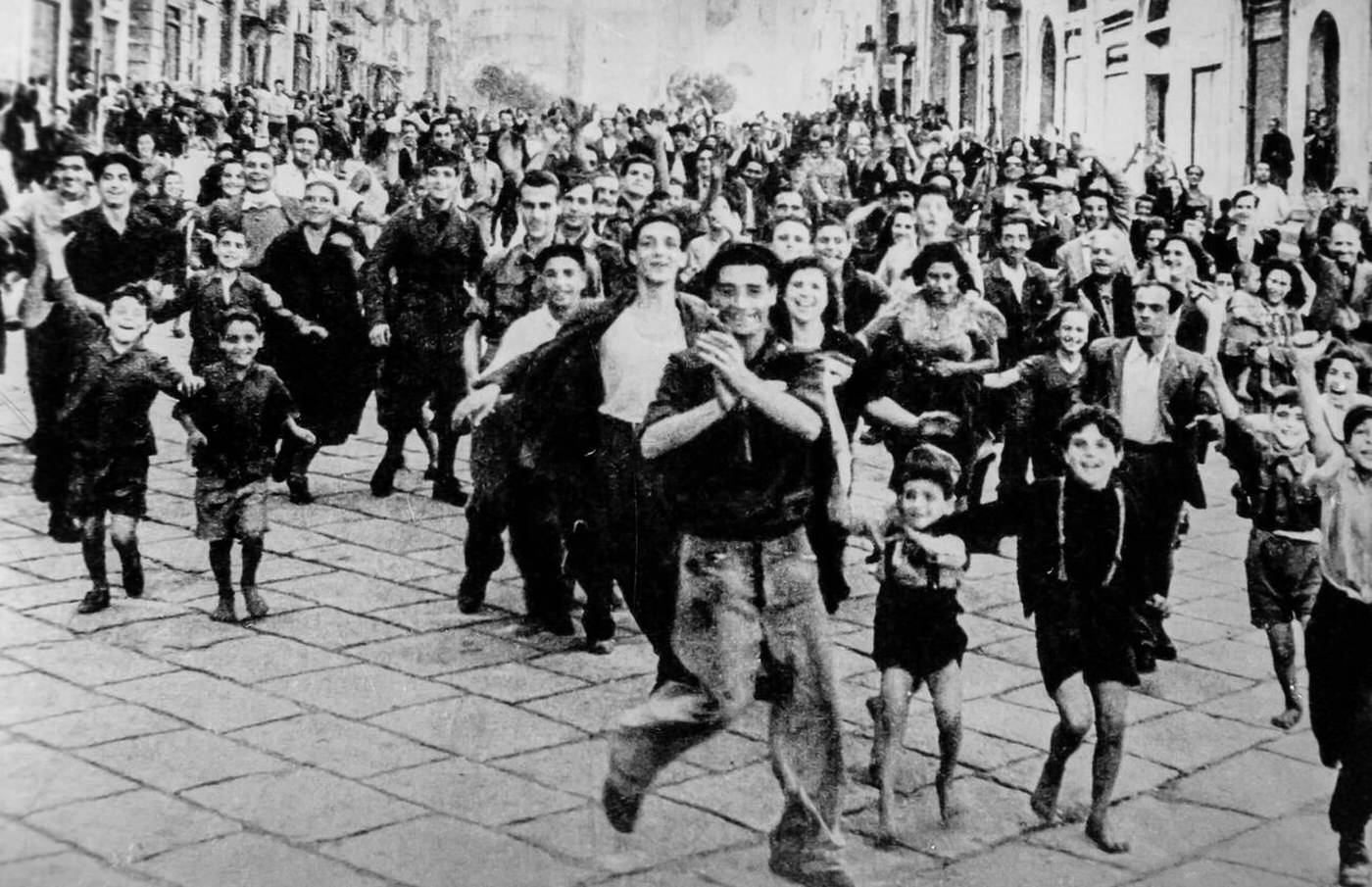
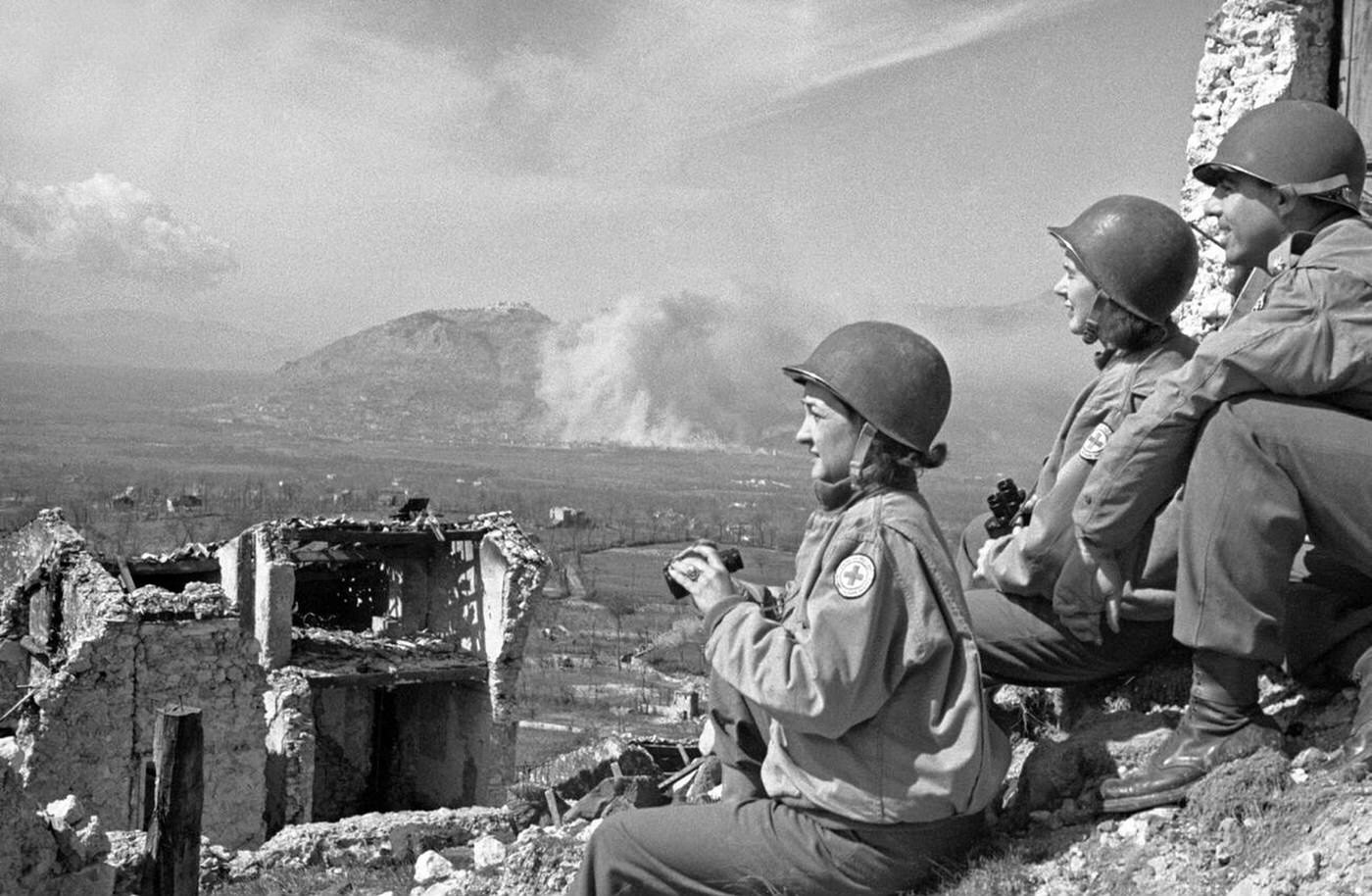
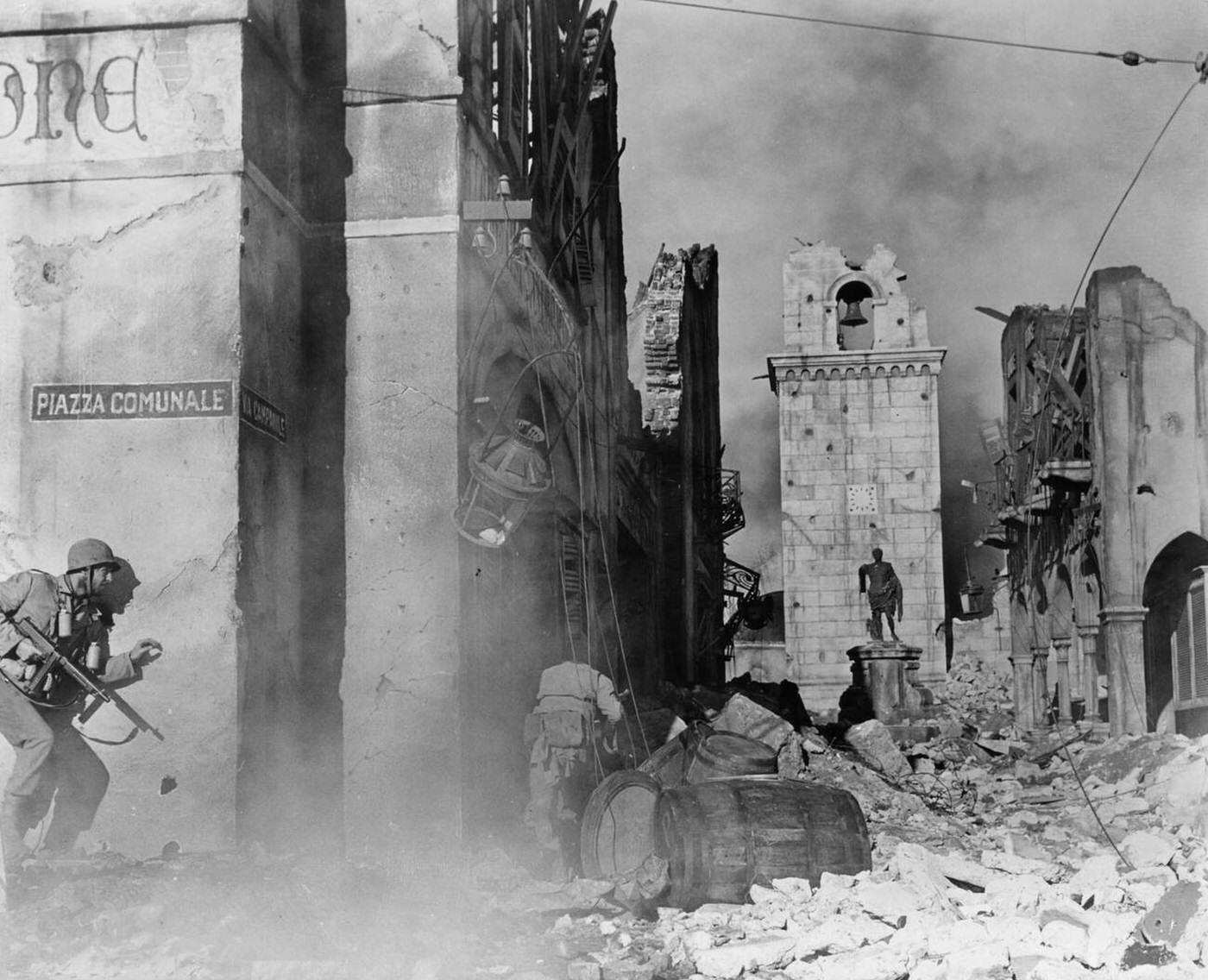
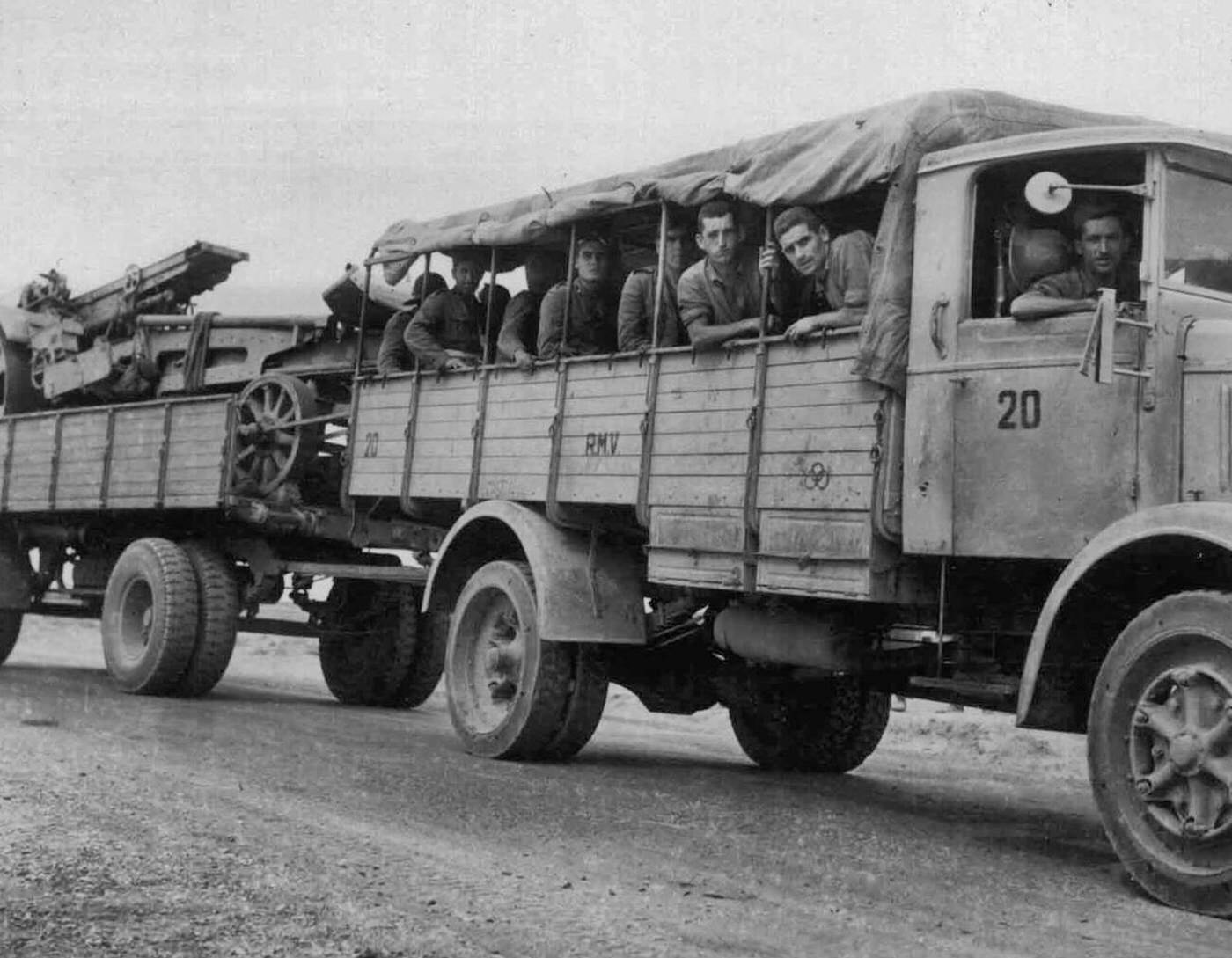

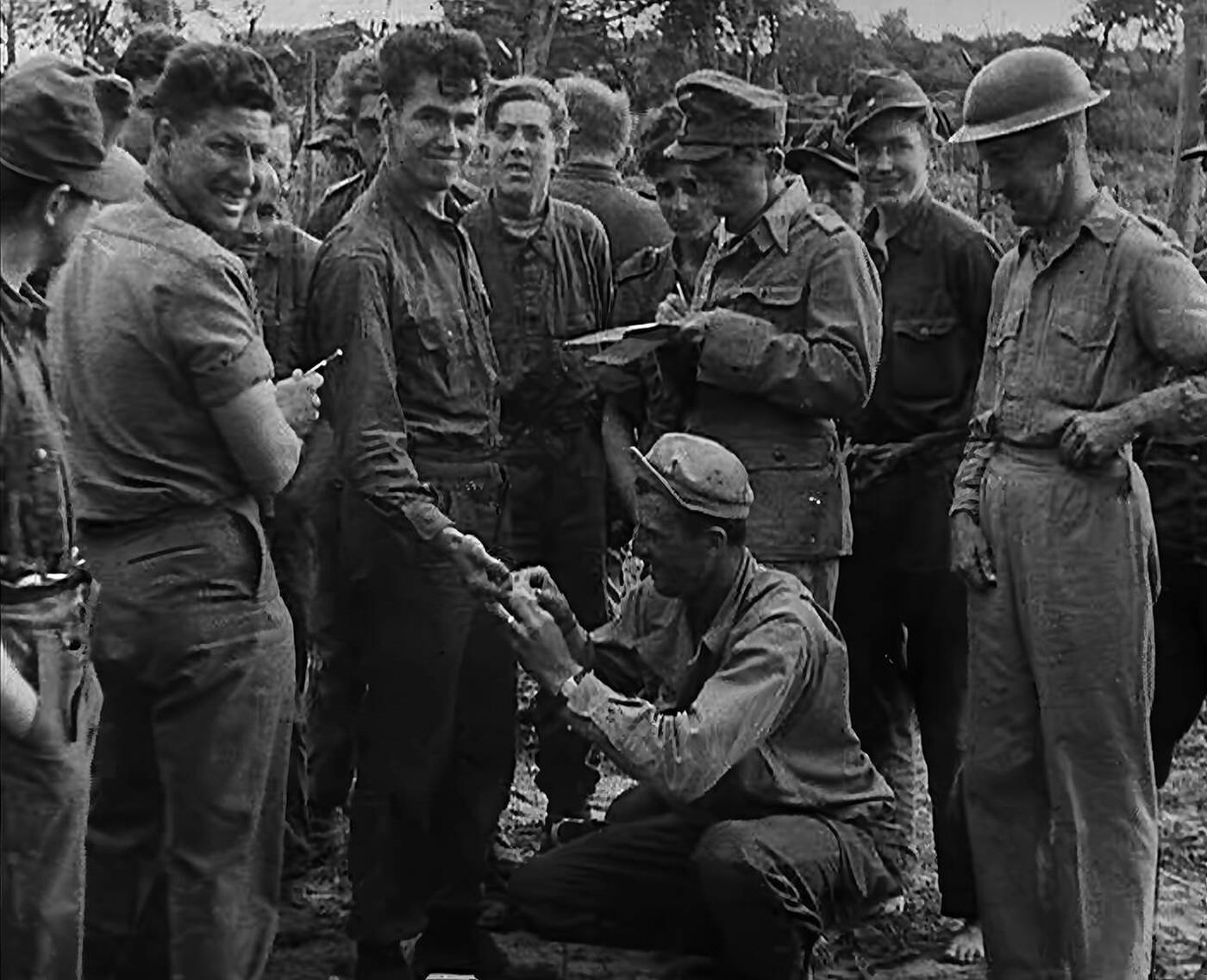
![Italian Army troops in Albania, 1940s. [Factually Corrected] The caption lacked specifics; the year is an approximation based on the Albanian campaign.](https://www.bygonely.com/wp-content/uploads/2025/04/Italian_Campaign_WWII_59.jpg)
